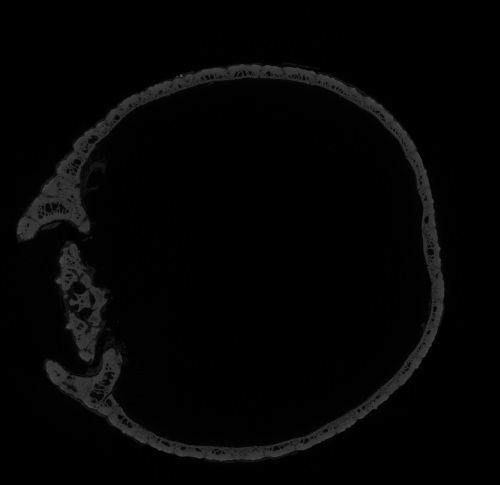I’ve been in Paris twice recently, for PhD defenses of co-supervised students, and had a great time. Which included doing one of my favourite things, wandering that amazing city and exploring its streets — and museums! I’ve raved about the perfection of la Galerie de Paléontologie et d’Anatomie comparée before, and that love will never die. But this time, in one of my wanderings I stumbled across a museum that surprised me with how fun it is. (I also got to explore the sewers, which I tweeted about in a thread here.) This is post what it’s about. Désolé, I cannot write this in French.
Stomach-Churning Rating: 3/10; I don’t know what to say, it’s bizarre stuff. But not gory, per se.
This is Le Musée de la Chasse et de la Nature à Paris. The name sounds innocent enough, except for the hunting (chasse) poor beasties part. Tripadvisor said it was a good overlooked destination, so I thought OK, it probably just has some stuffy Victorian-style rooms with dusty old hunting trophies. It had plenty of that, but so, so much more! This museum trip was TRIPPY.

First, there was a special gallery of ceramics, which caught me off guard as I expected boring, fussy relics that my grandparents might have kept in a cabinet. Oh no grandpa and grandma, these would not be for you, not at all. The stuff of nightmares!
As usual, click to embiggen images– and I recommend this, to fully savour their delights!
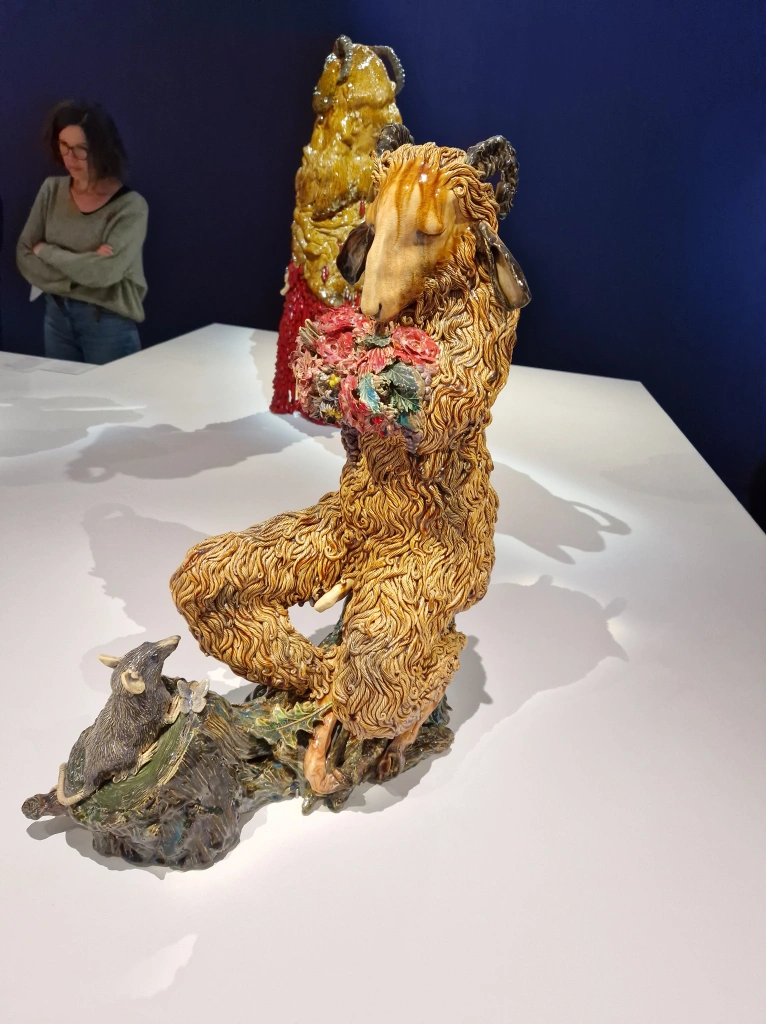
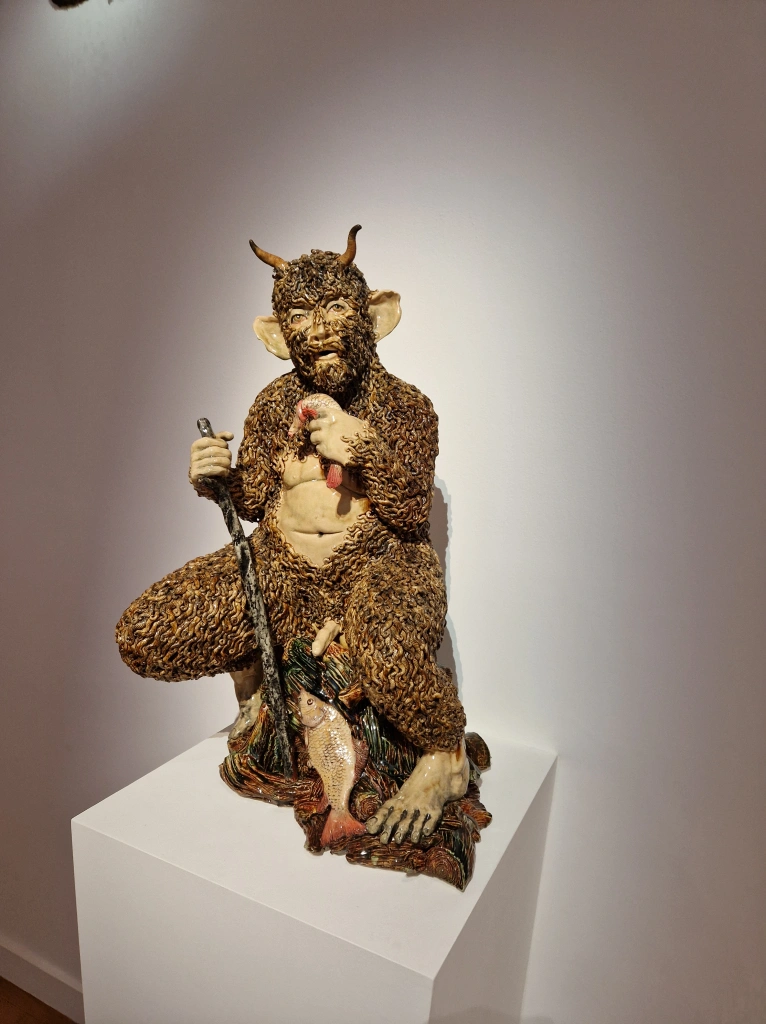
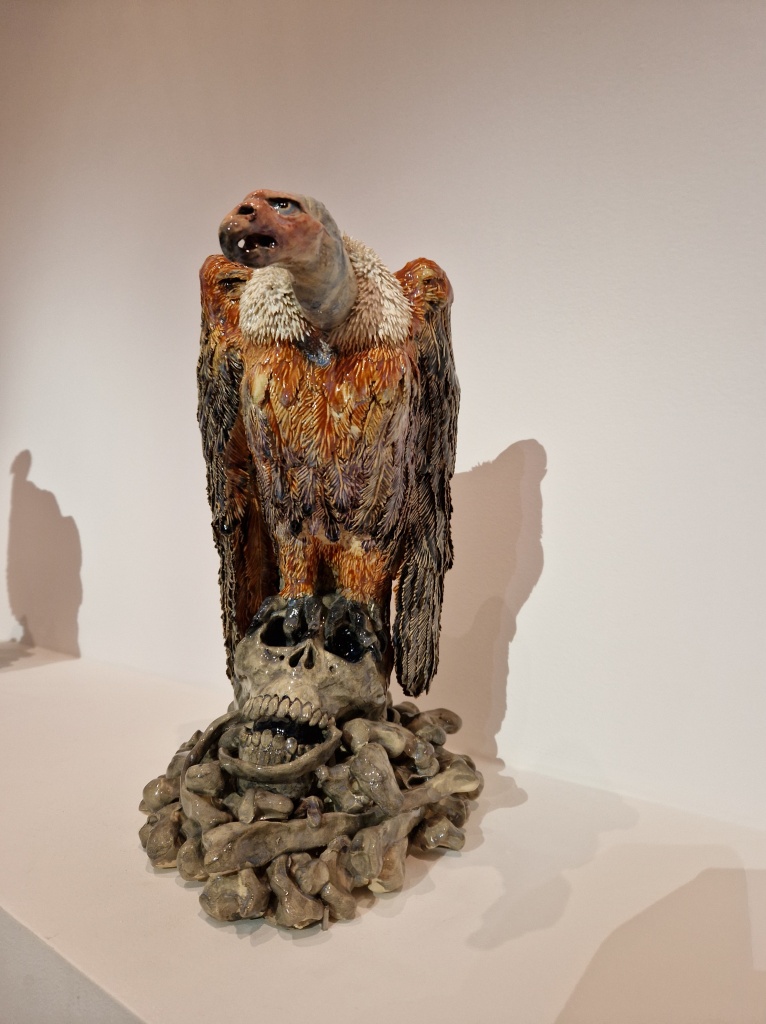
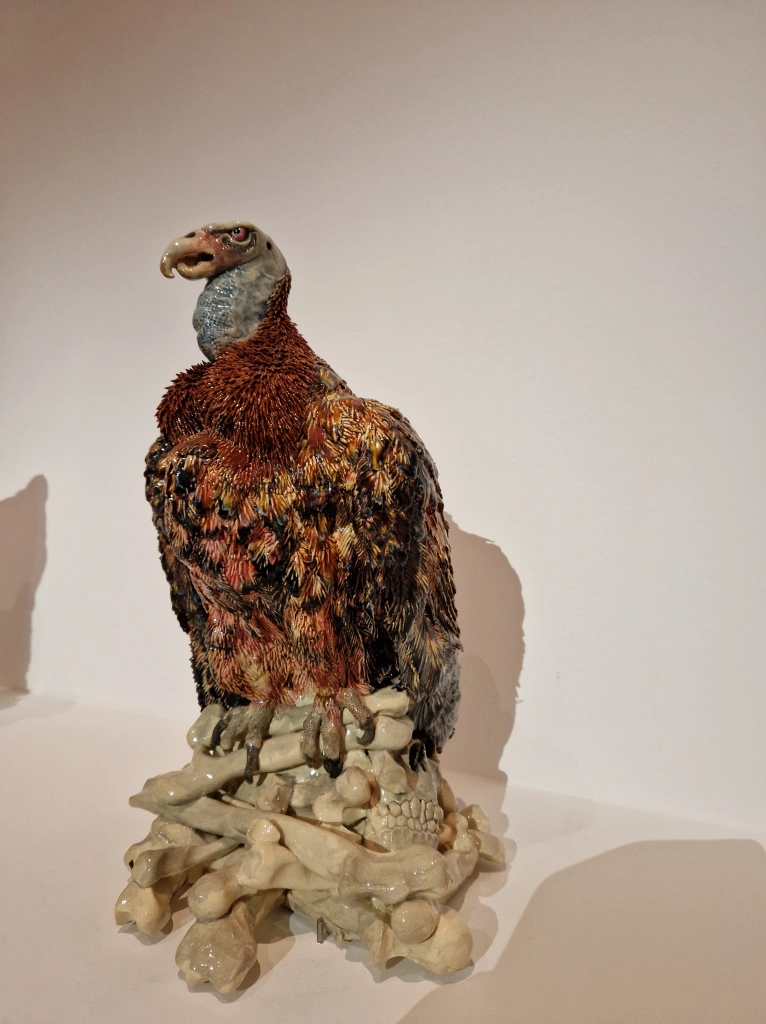
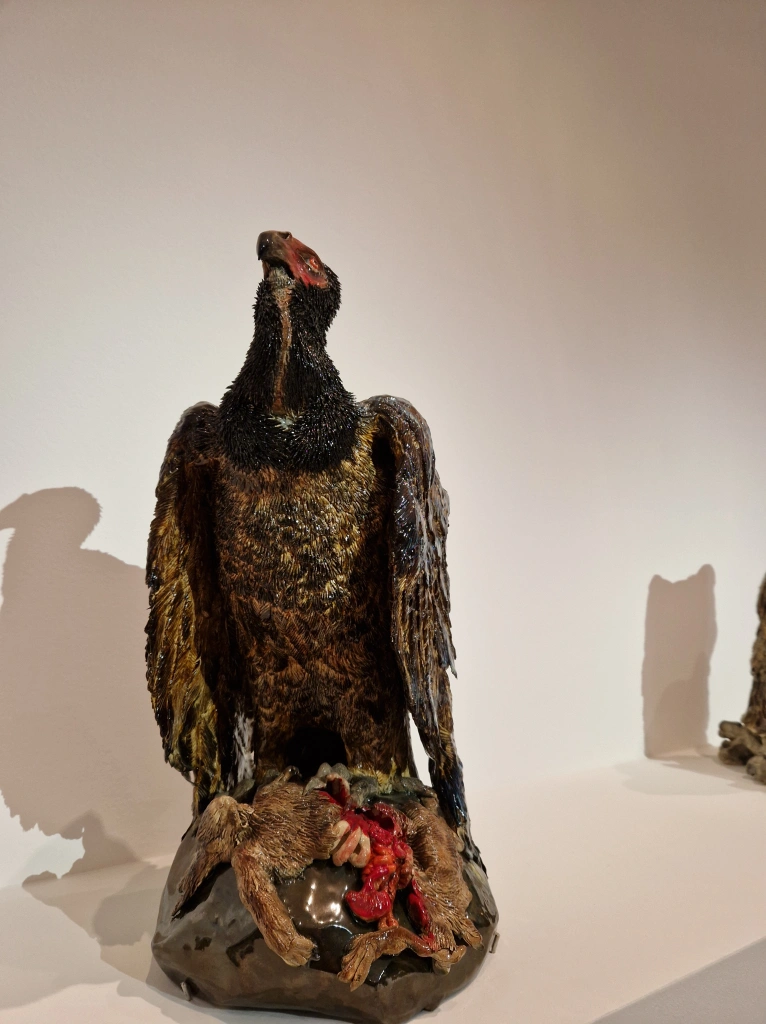
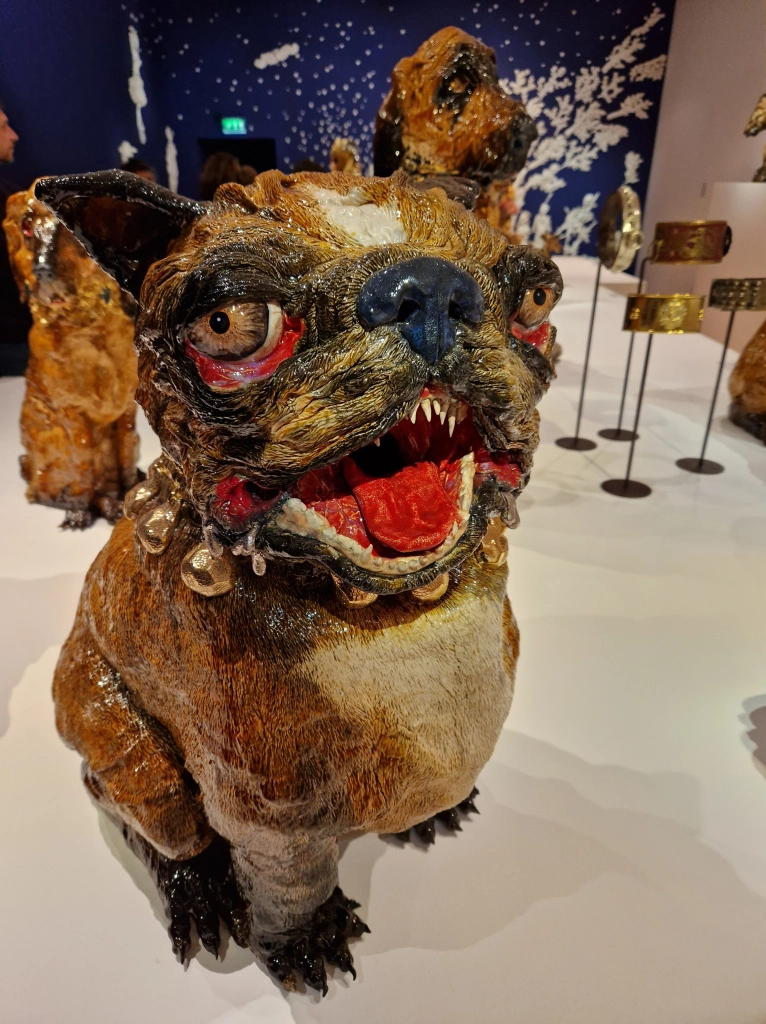
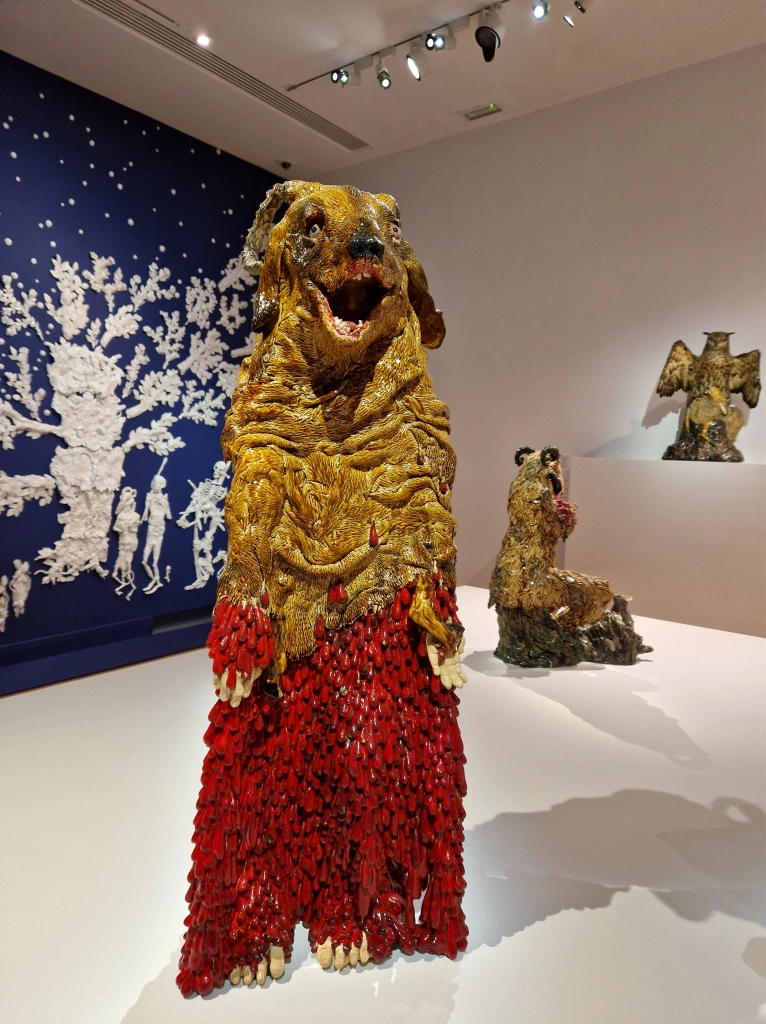
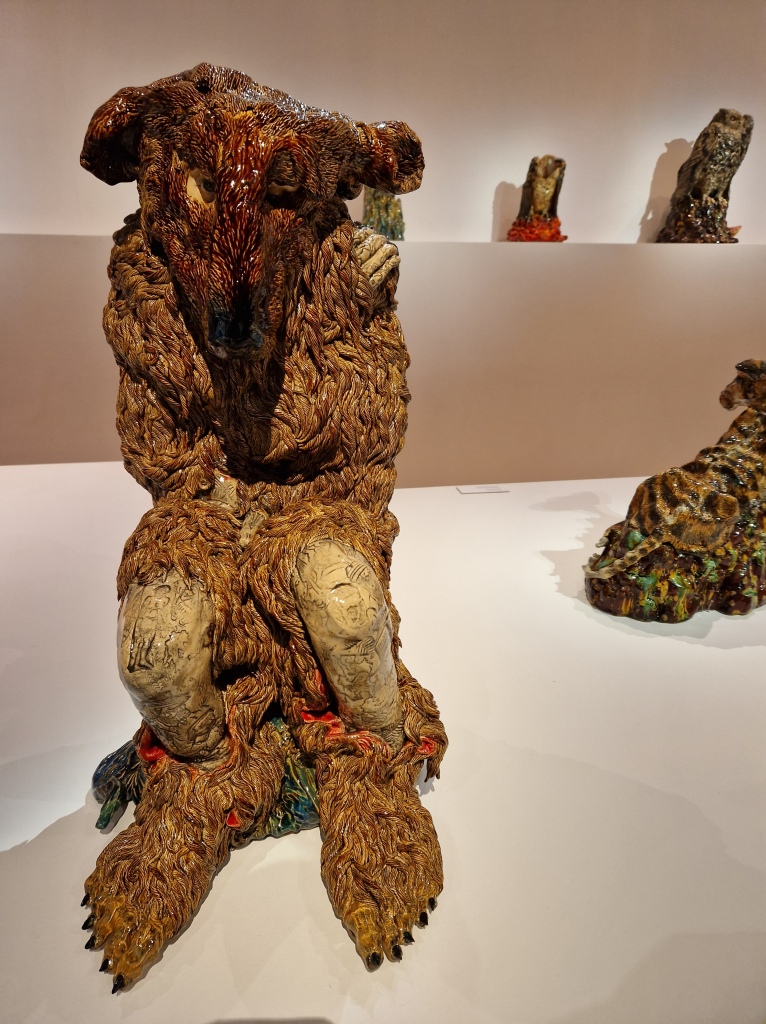

You could play a scavenger hunt throughout the rest of the galleries, spotting more of these tucked amongst the other displays:
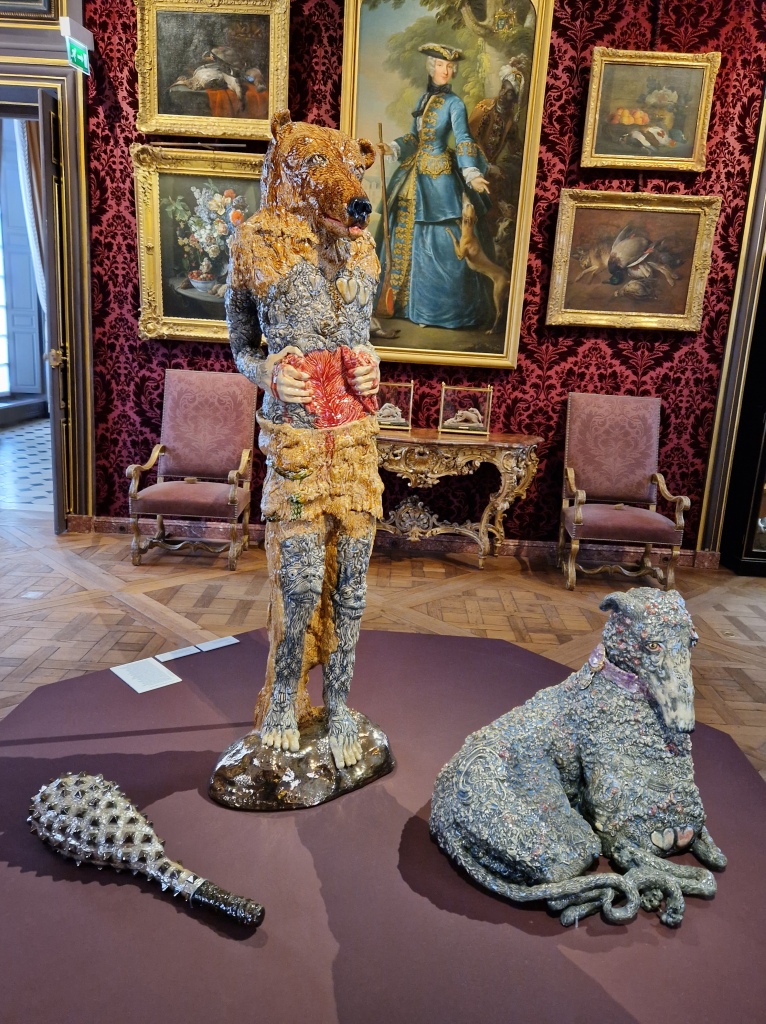
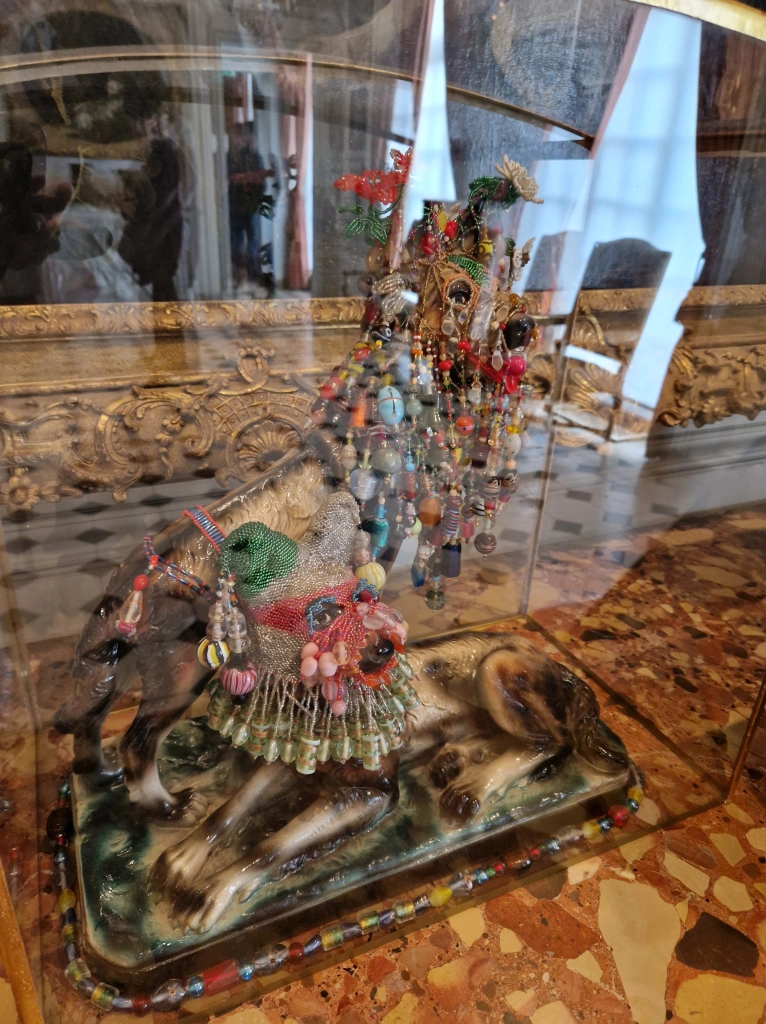
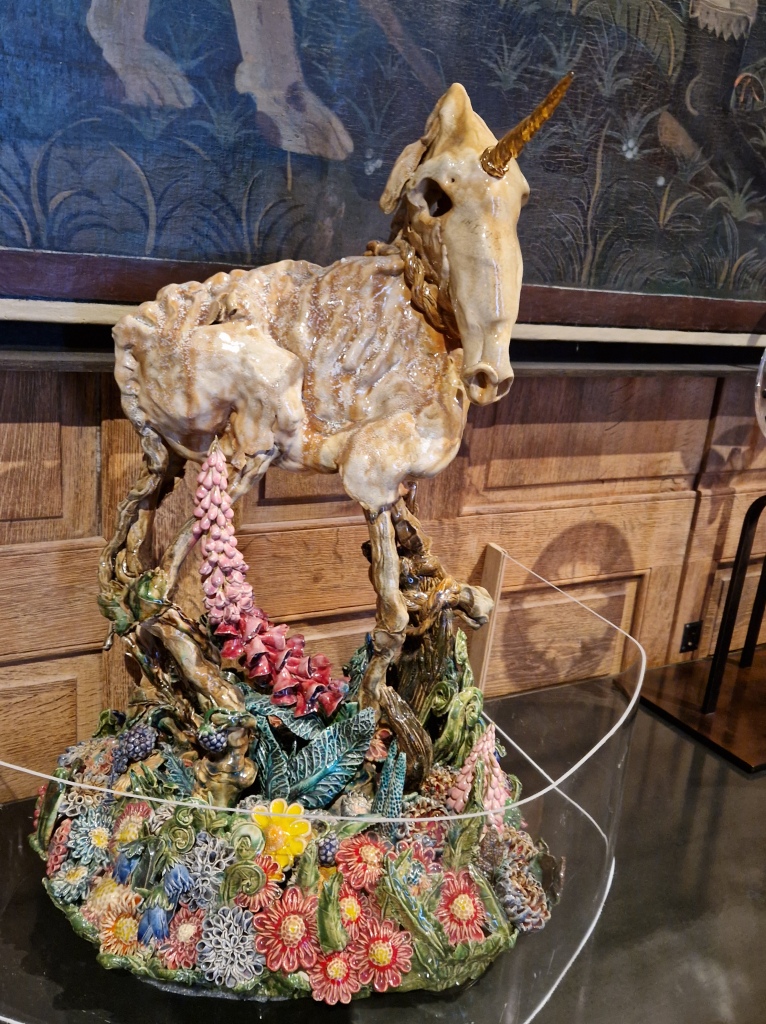

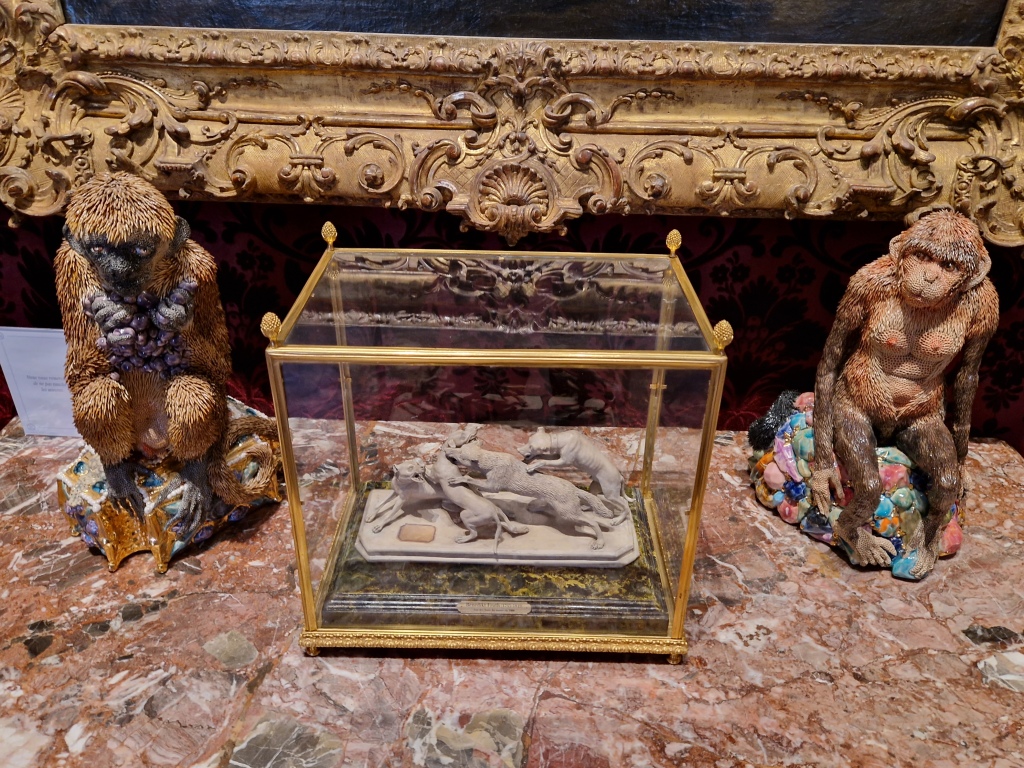
Then at the back of that special gallery there was a fresco-like display, it seemed made out of paper (or was it ceramics like paper?) and it took my breath away. Tons of detail and ghoulish creativity.
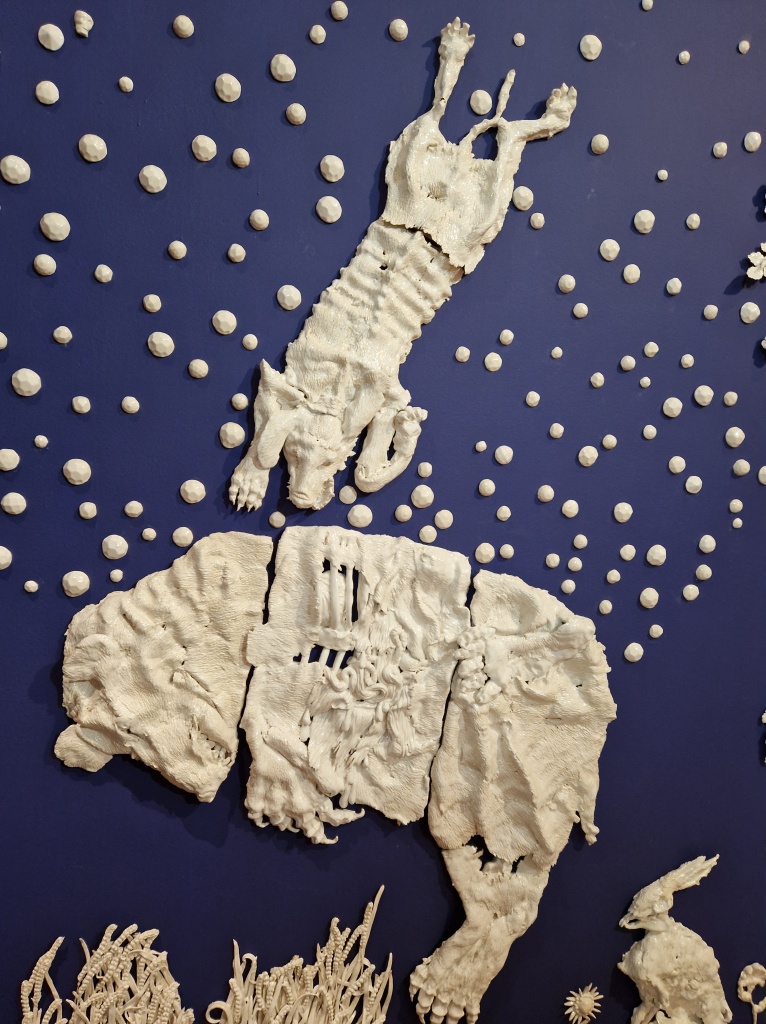
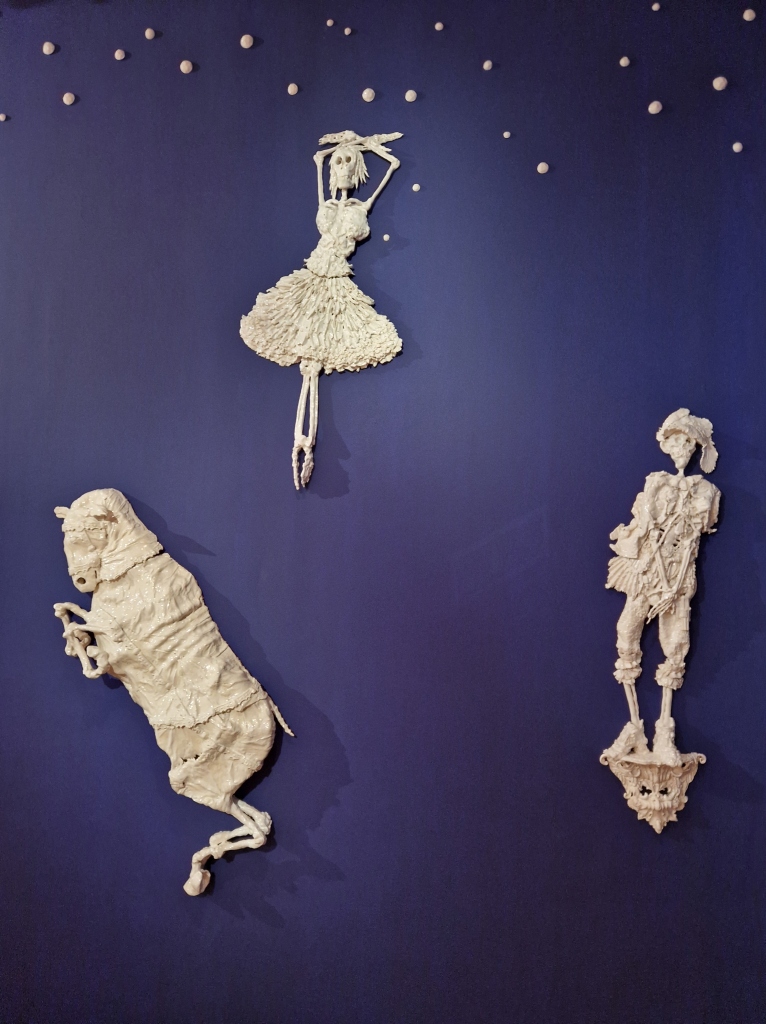
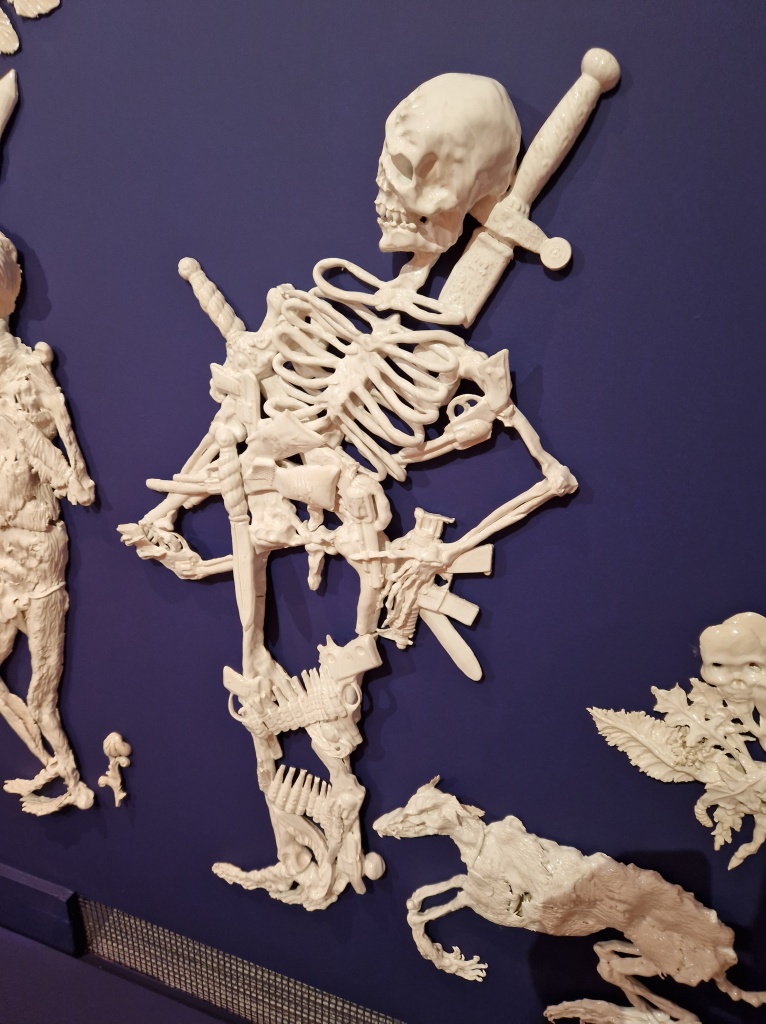
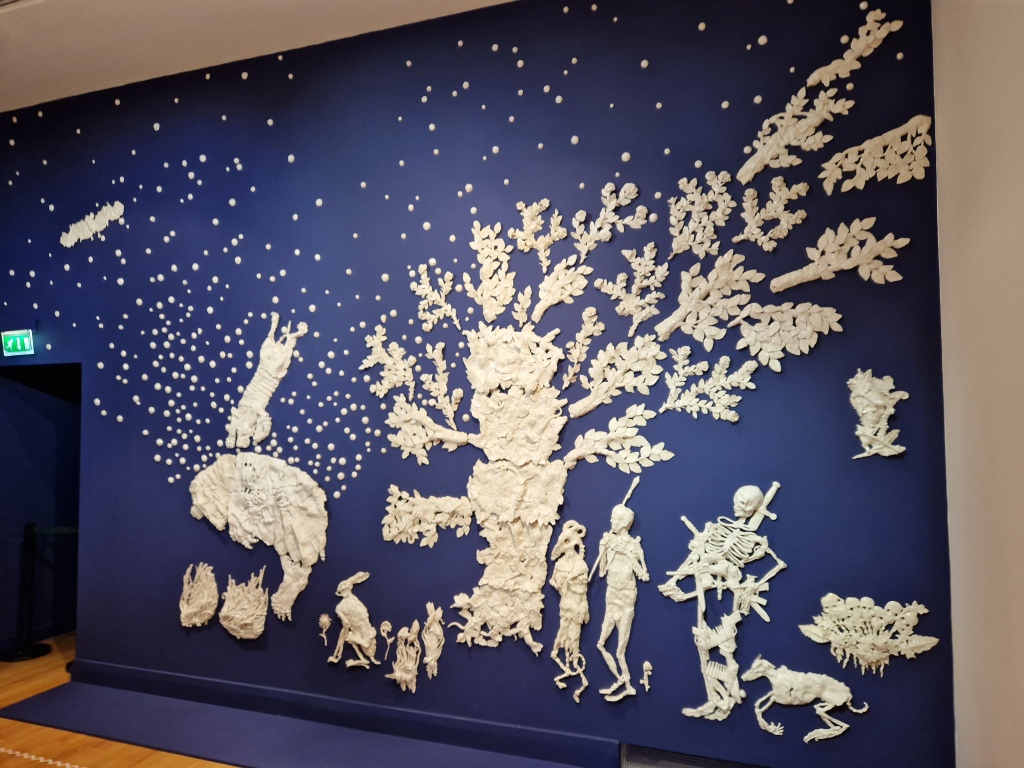
Next, lots of just surreal, wacky, disturbing, WTF-why-is-this-here stuff, almost randomly distributed amongst more staid (or sometimes rather naughty/disturbing) artworks and taxidermy of hunting glories as I walked through the labyrinth of galleries:
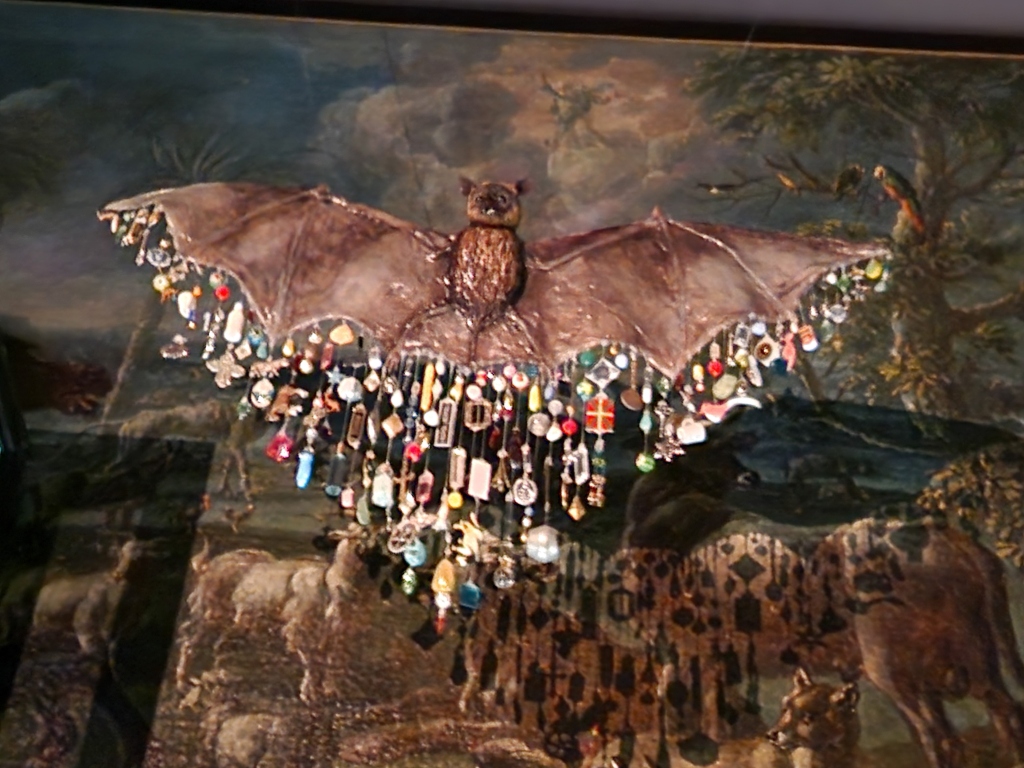
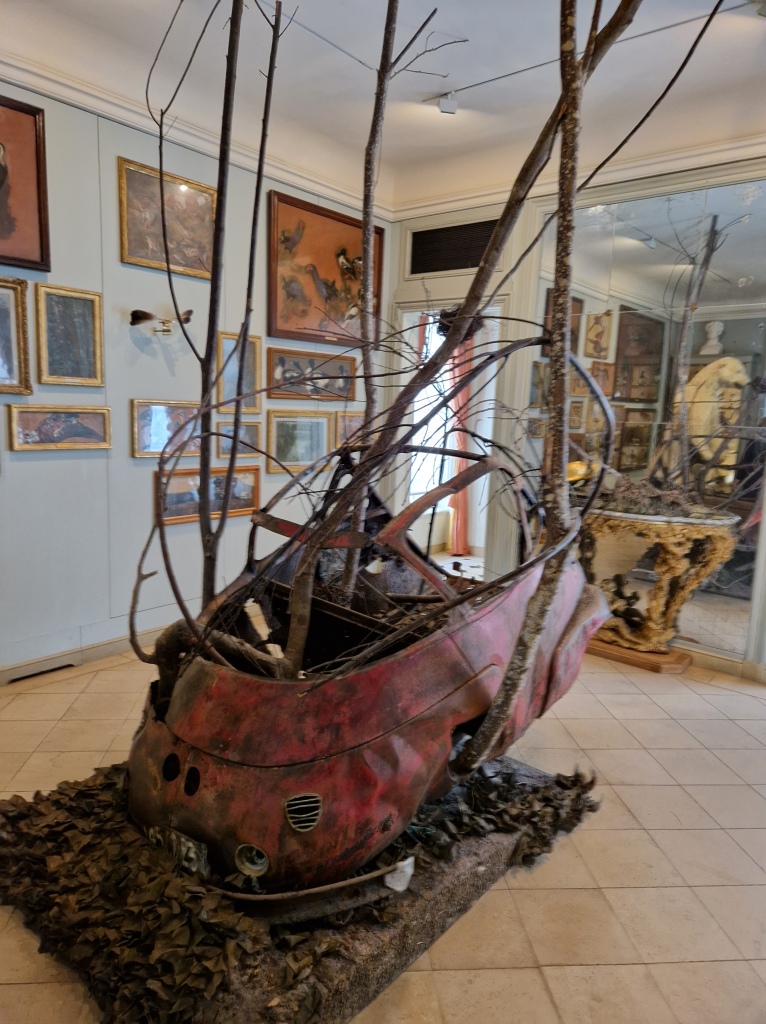
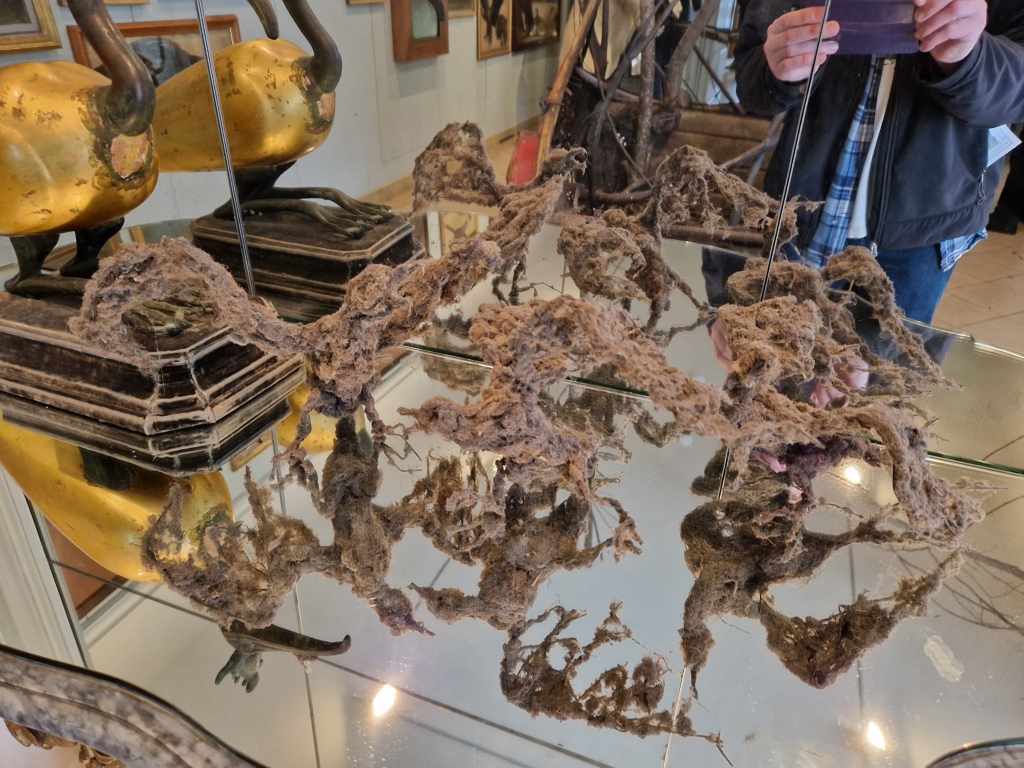
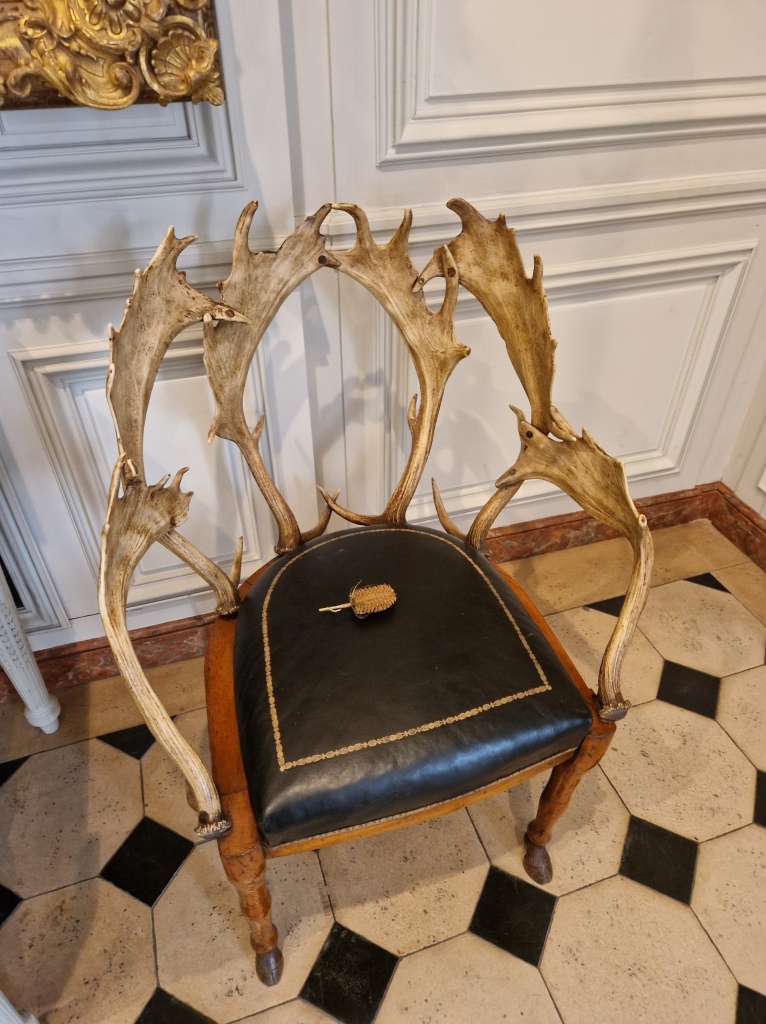
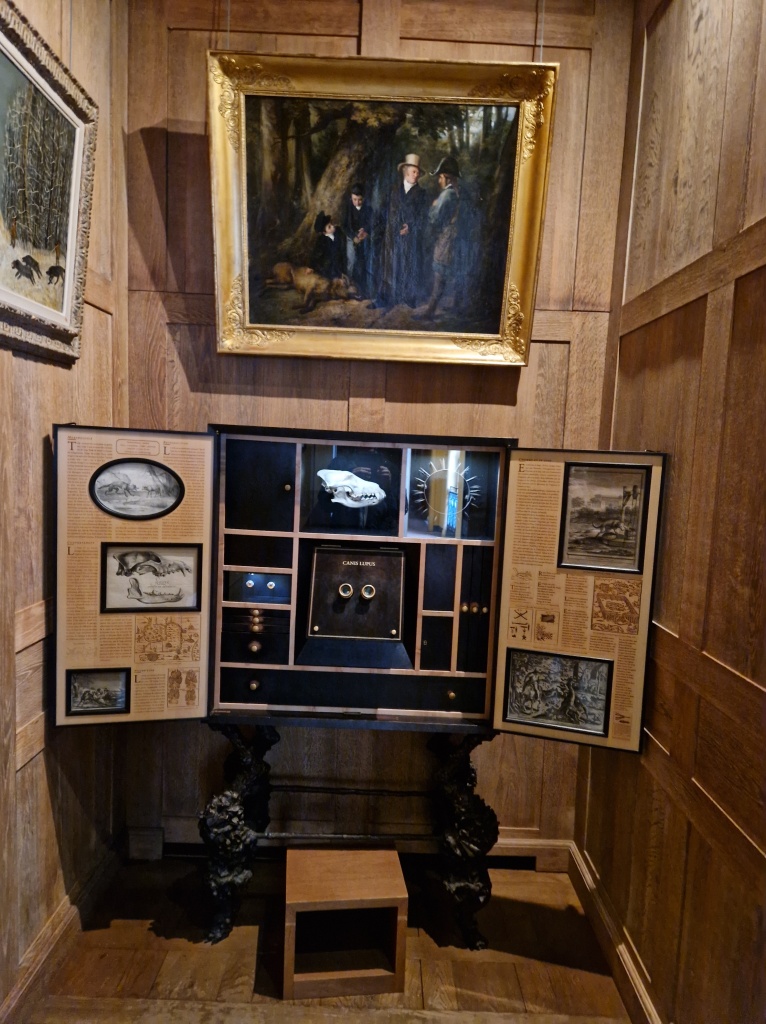

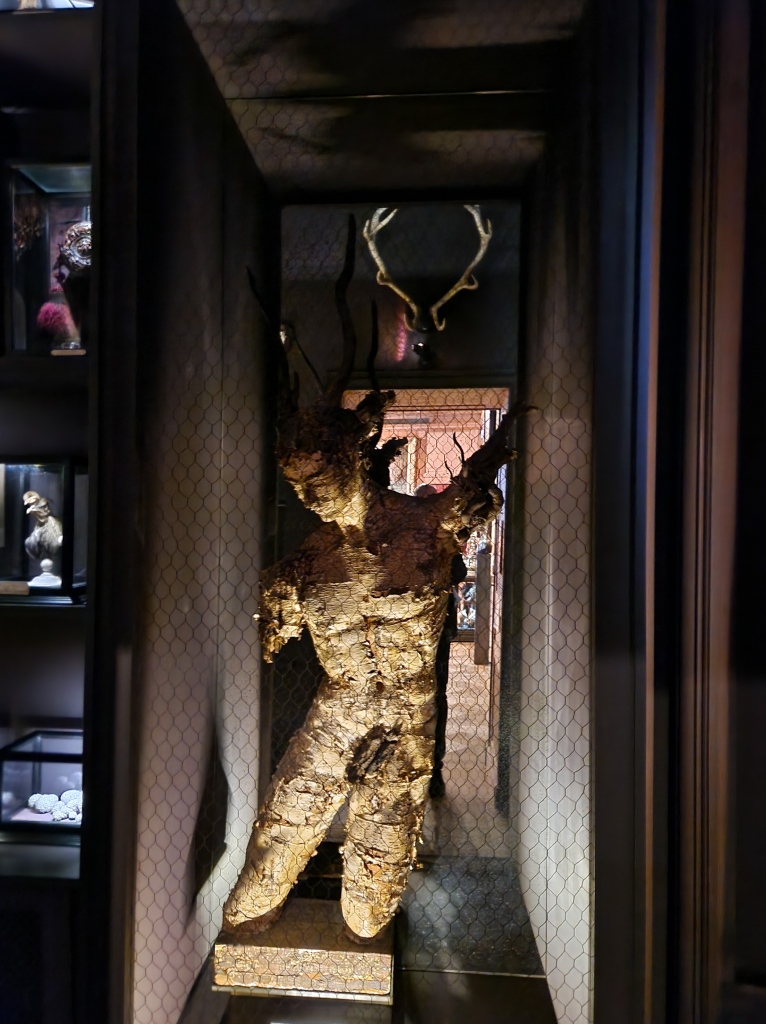
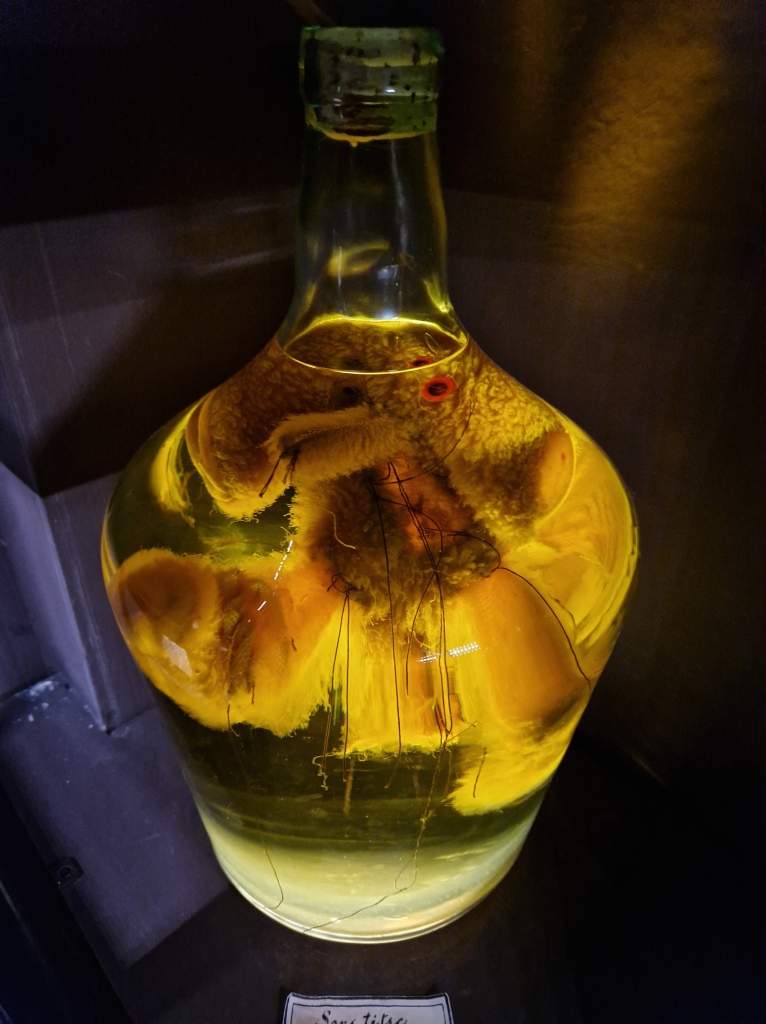
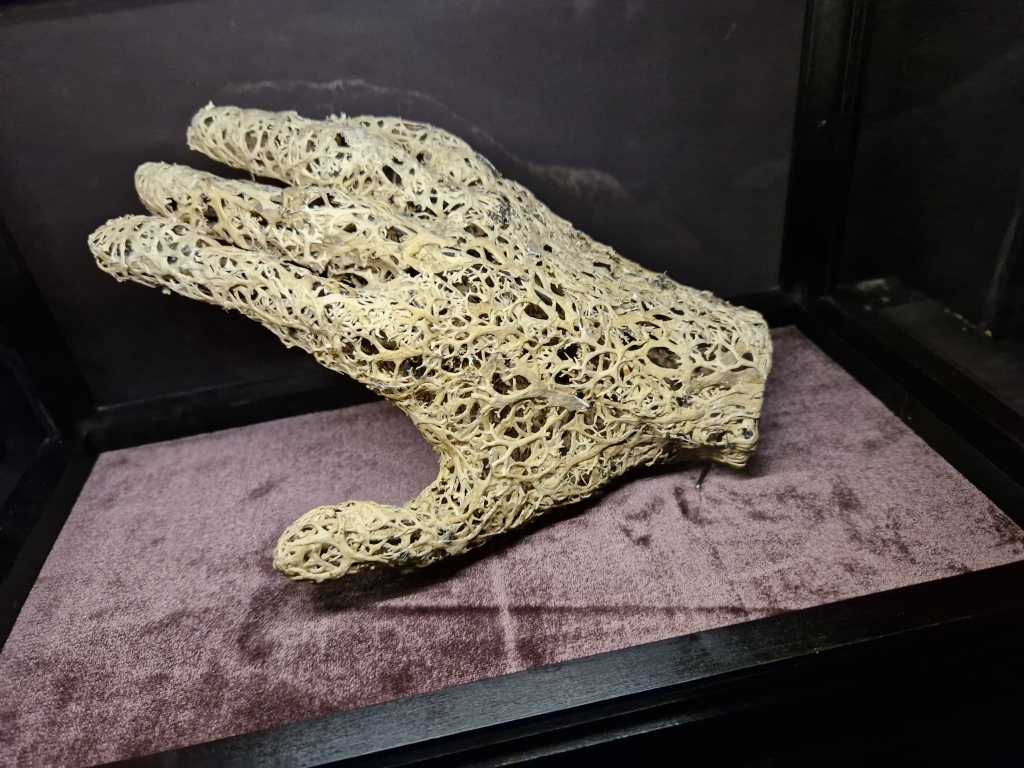
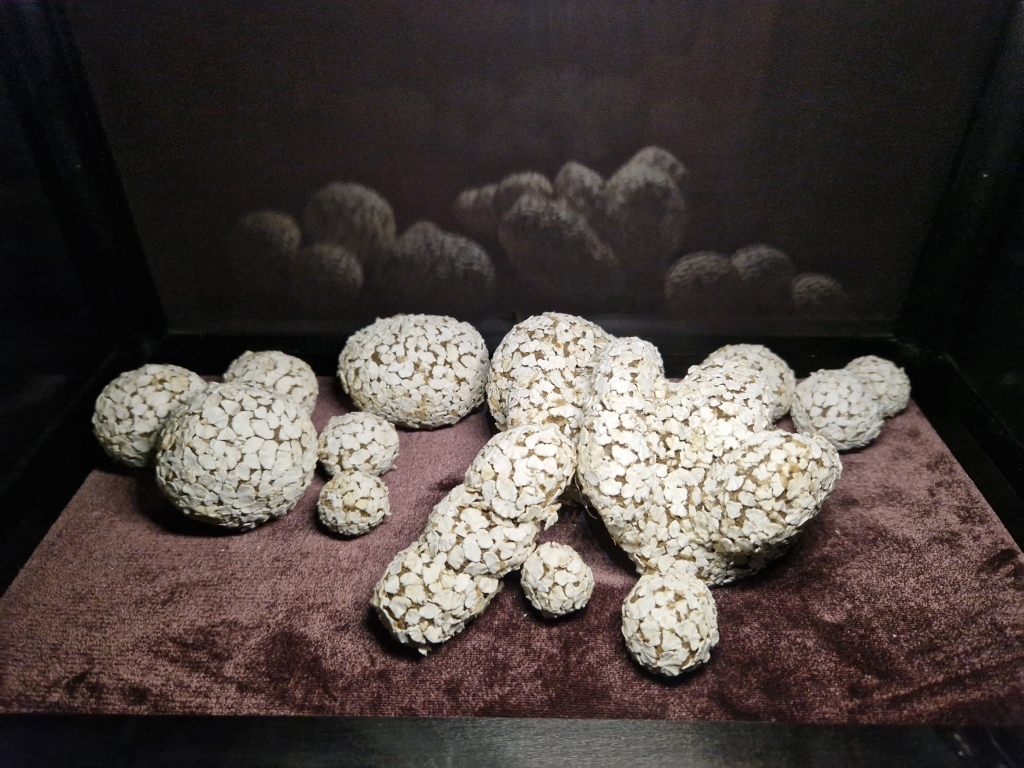
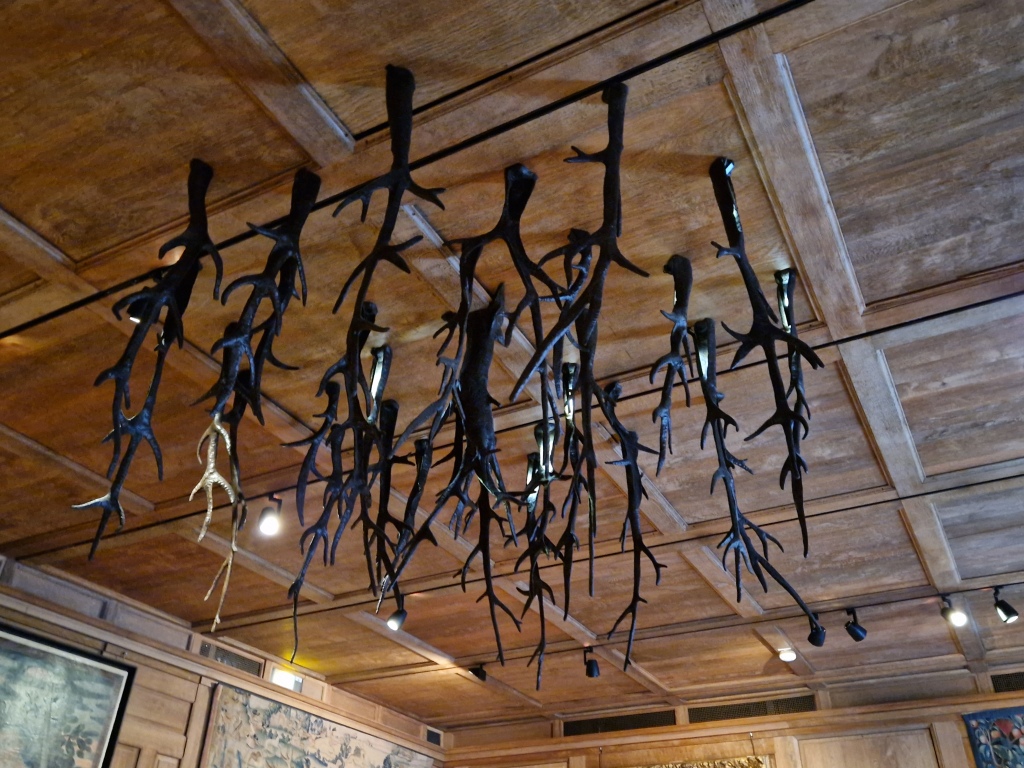
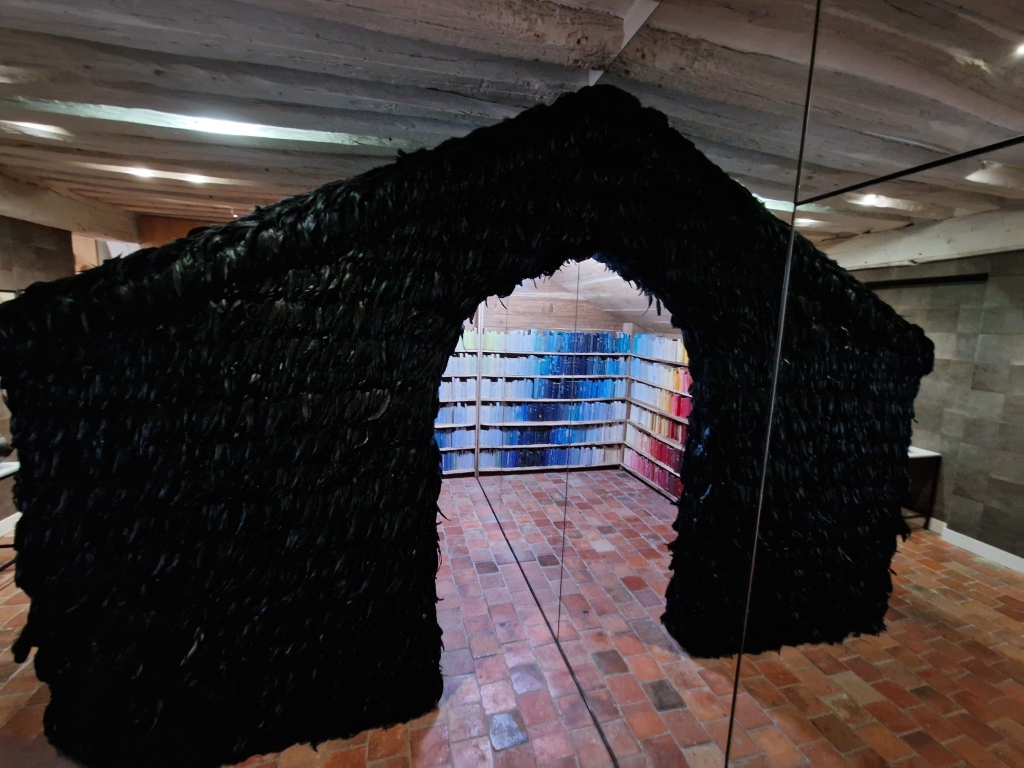
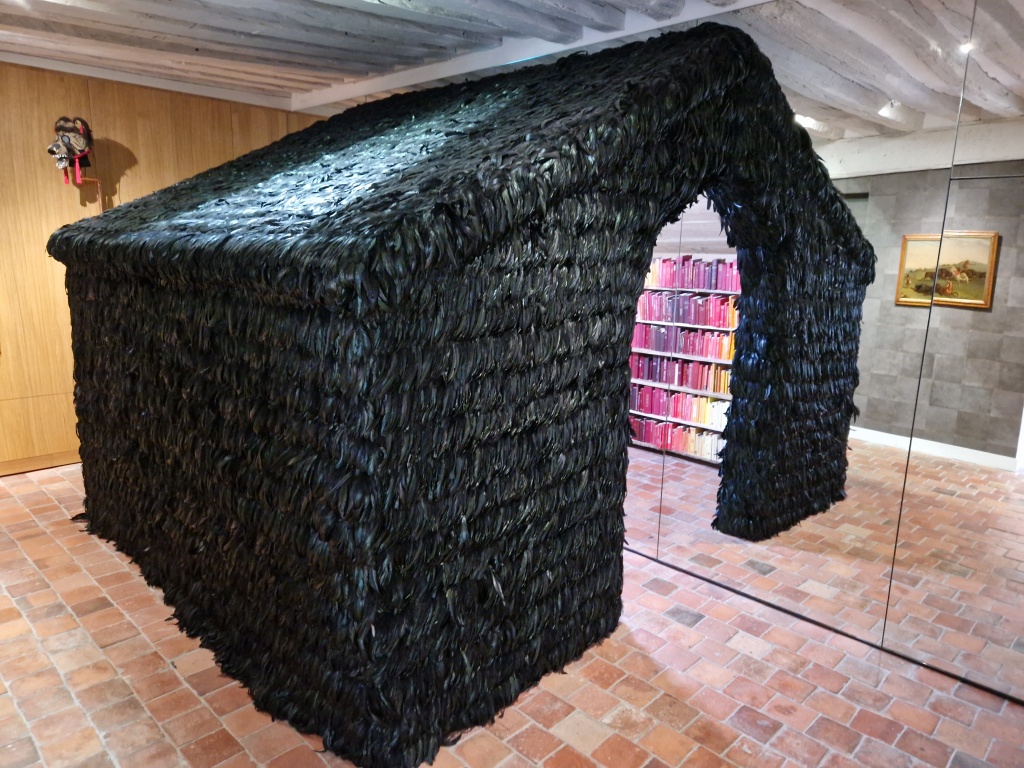
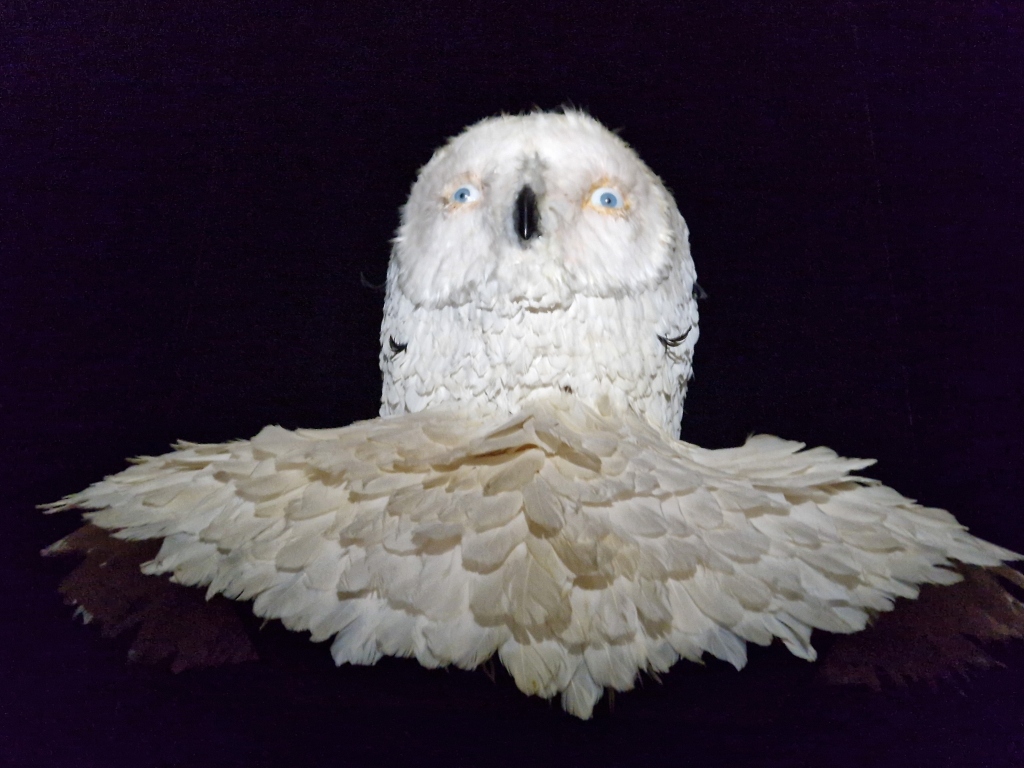
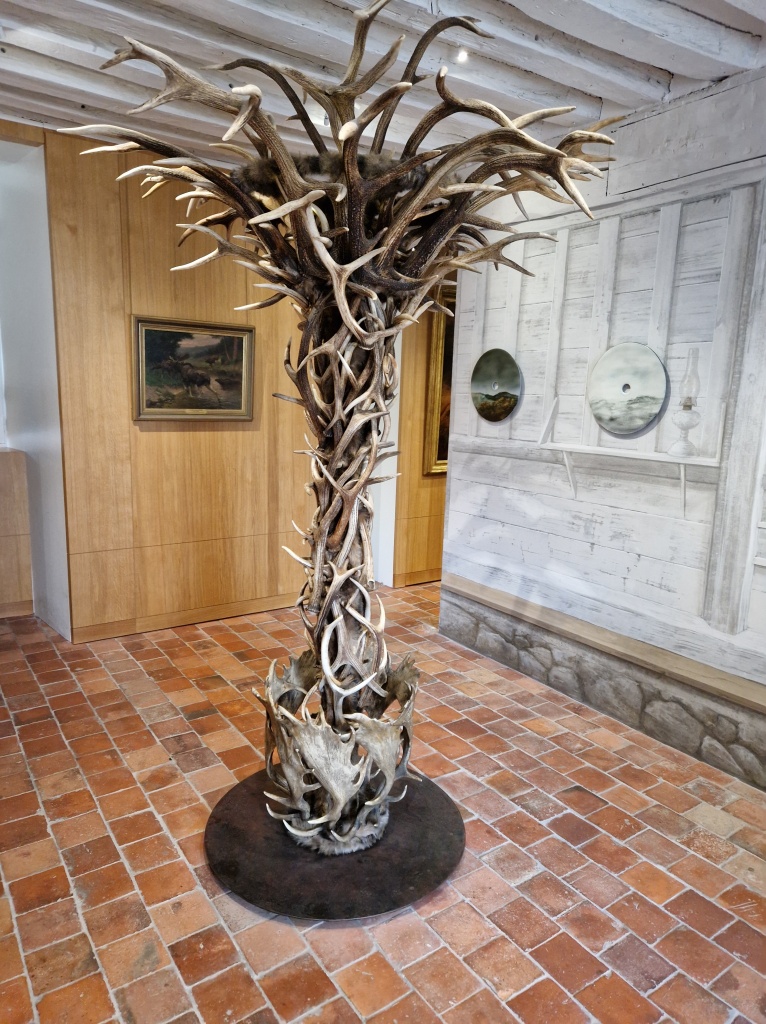
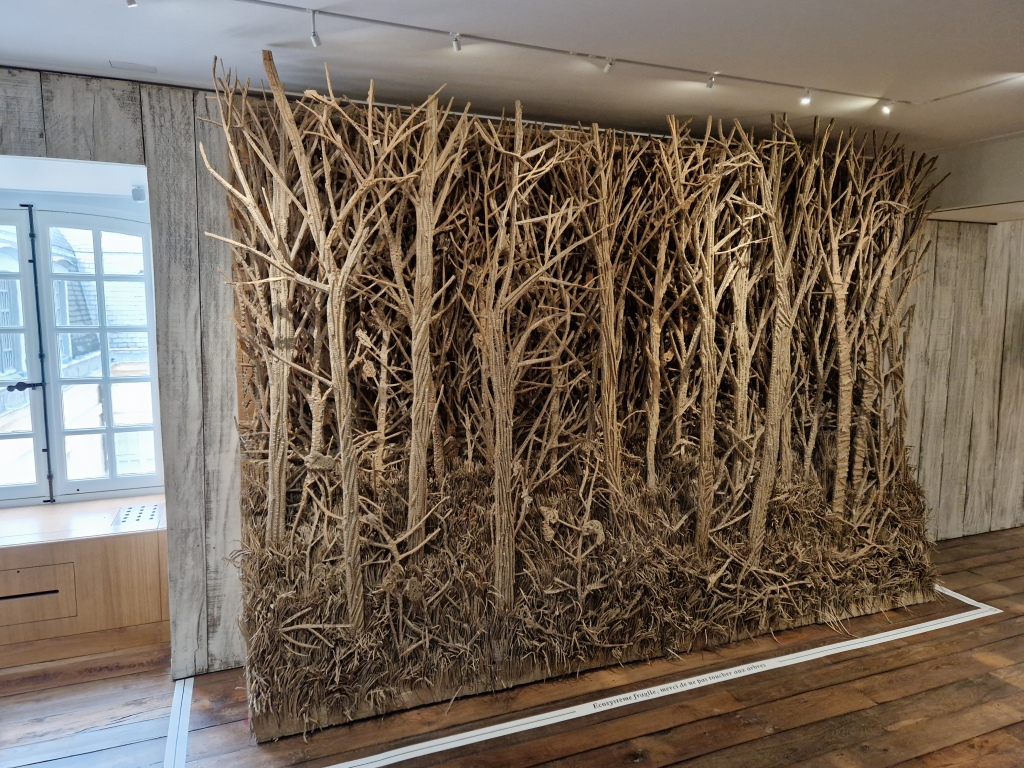
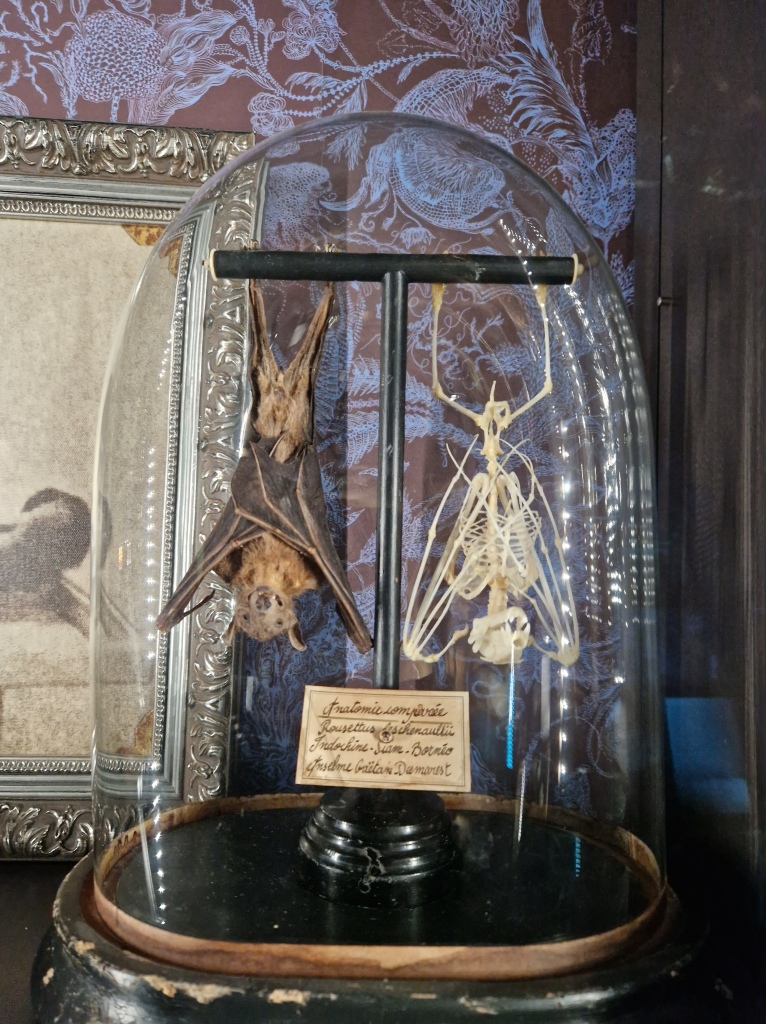
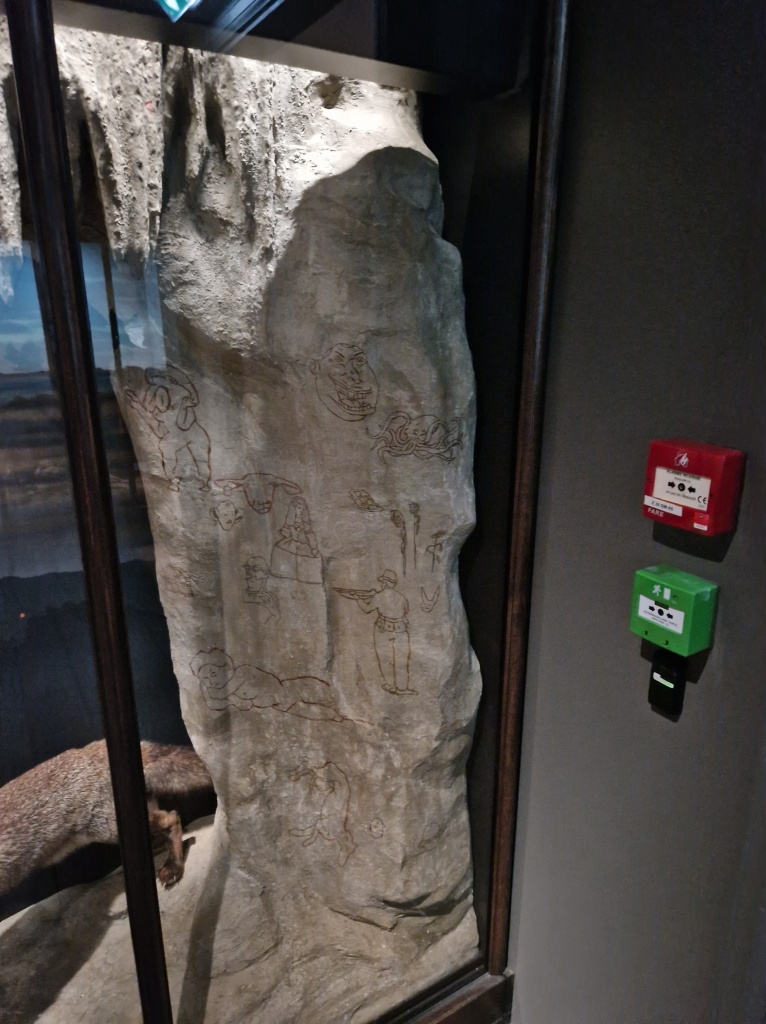
Like, why a boar festooned with male pheasants?
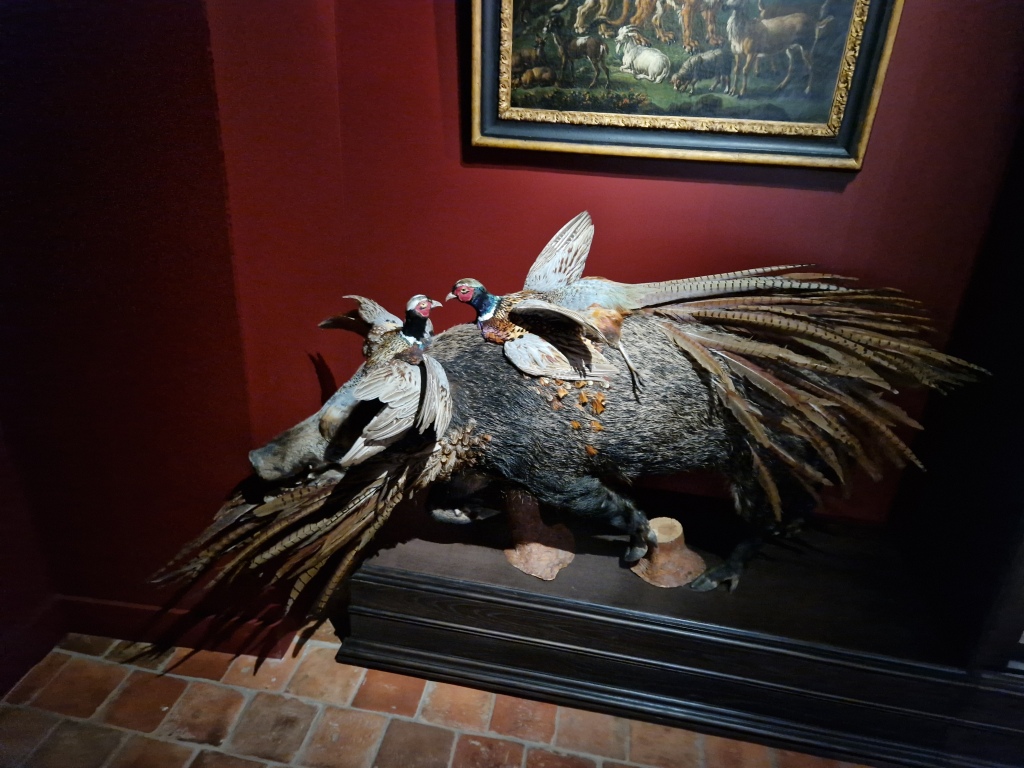
It’s a hunting museum, and when it went in for hunting imagery and artifacts, it went in with all guns blazing:

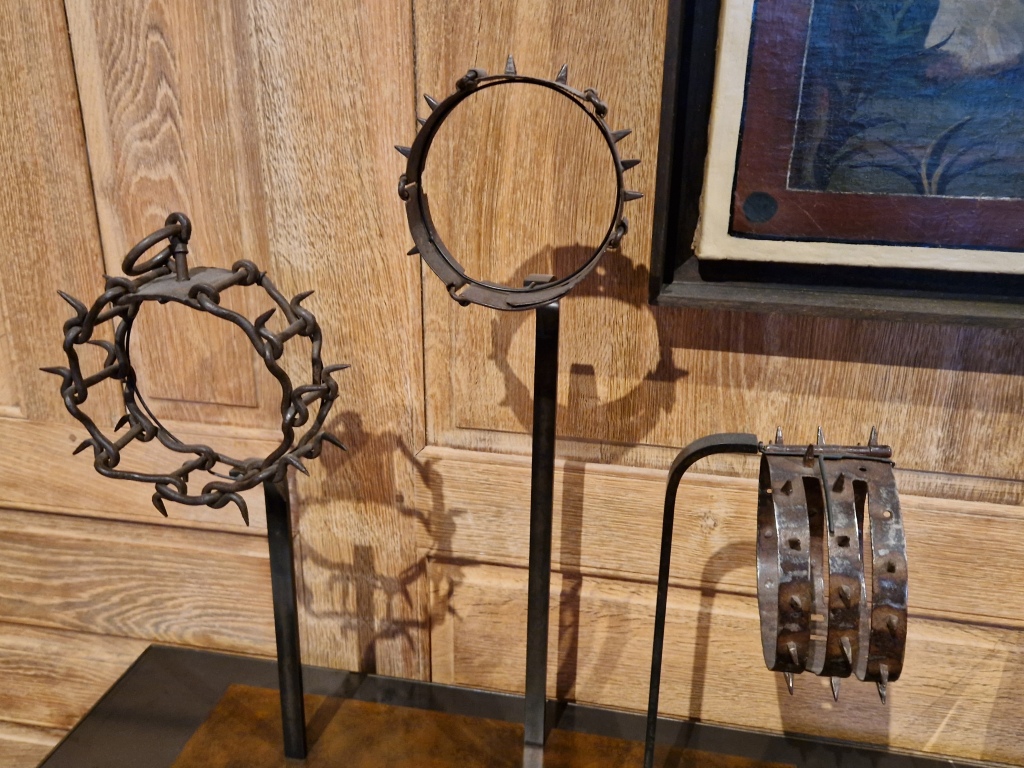
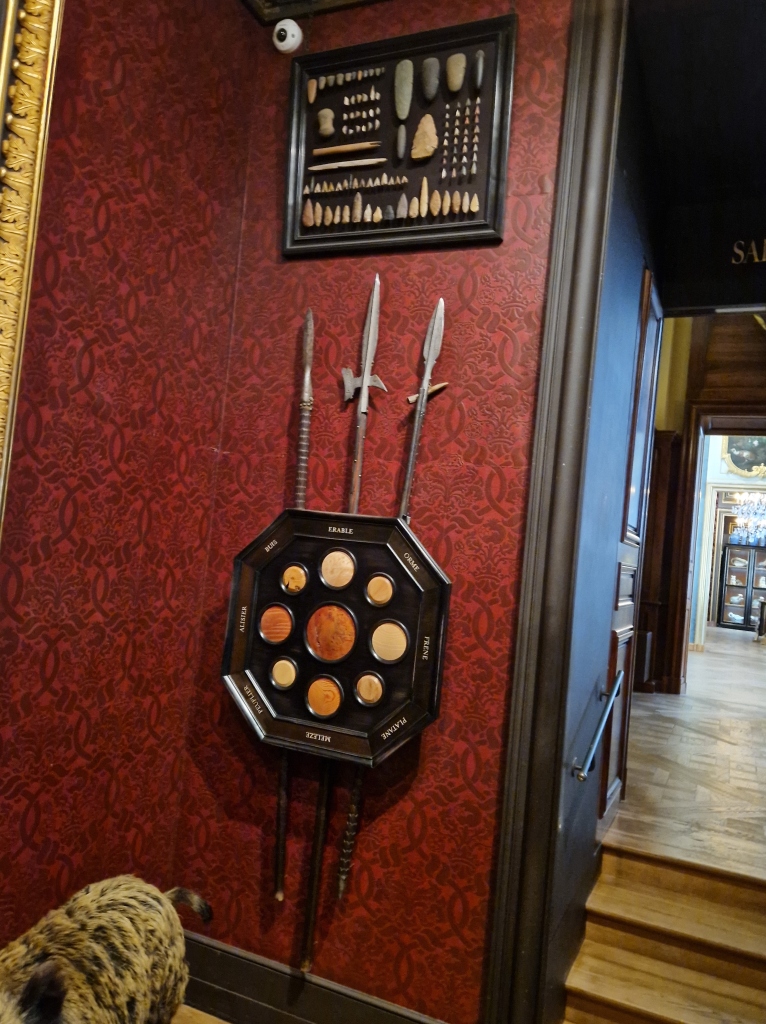
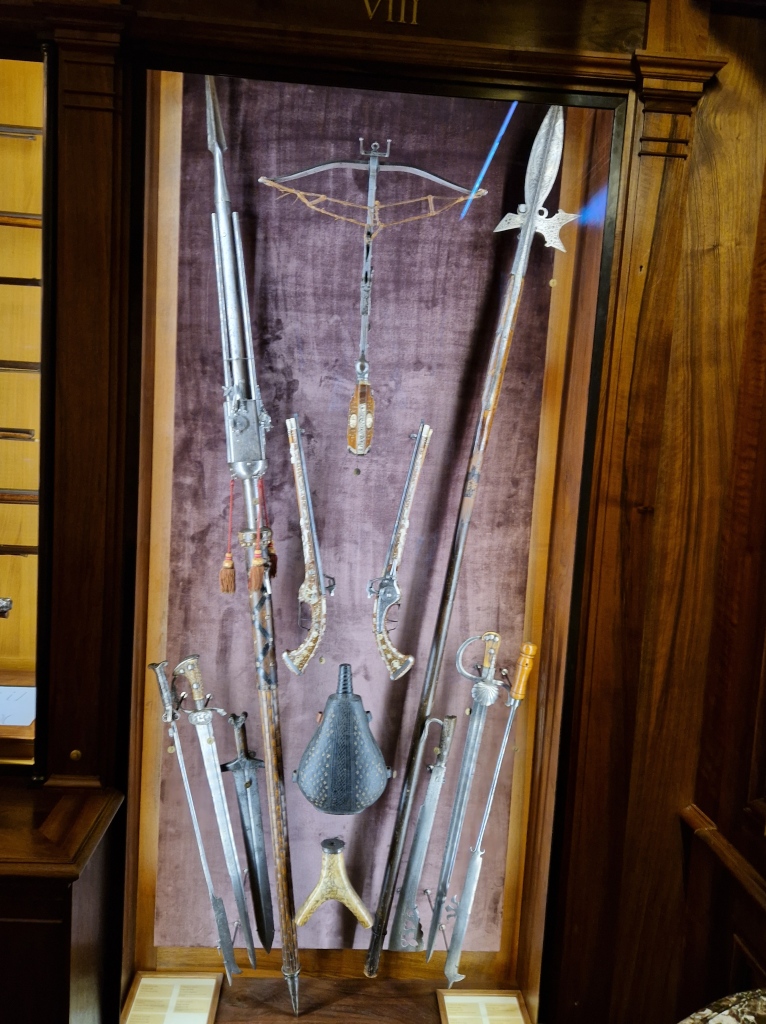
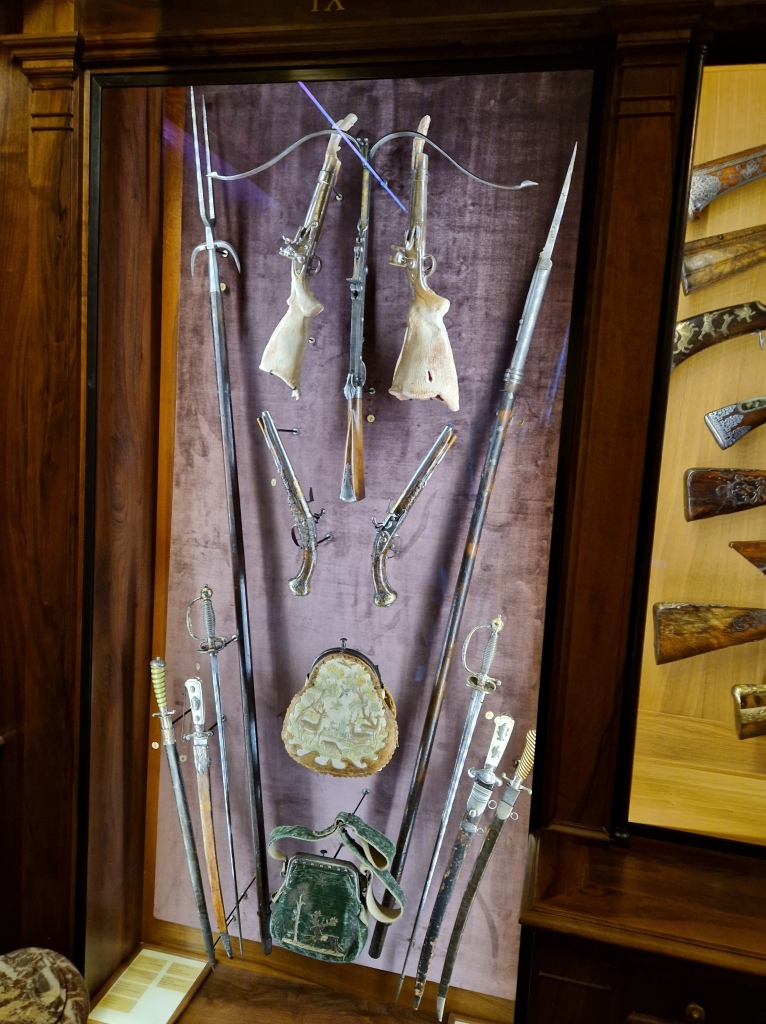
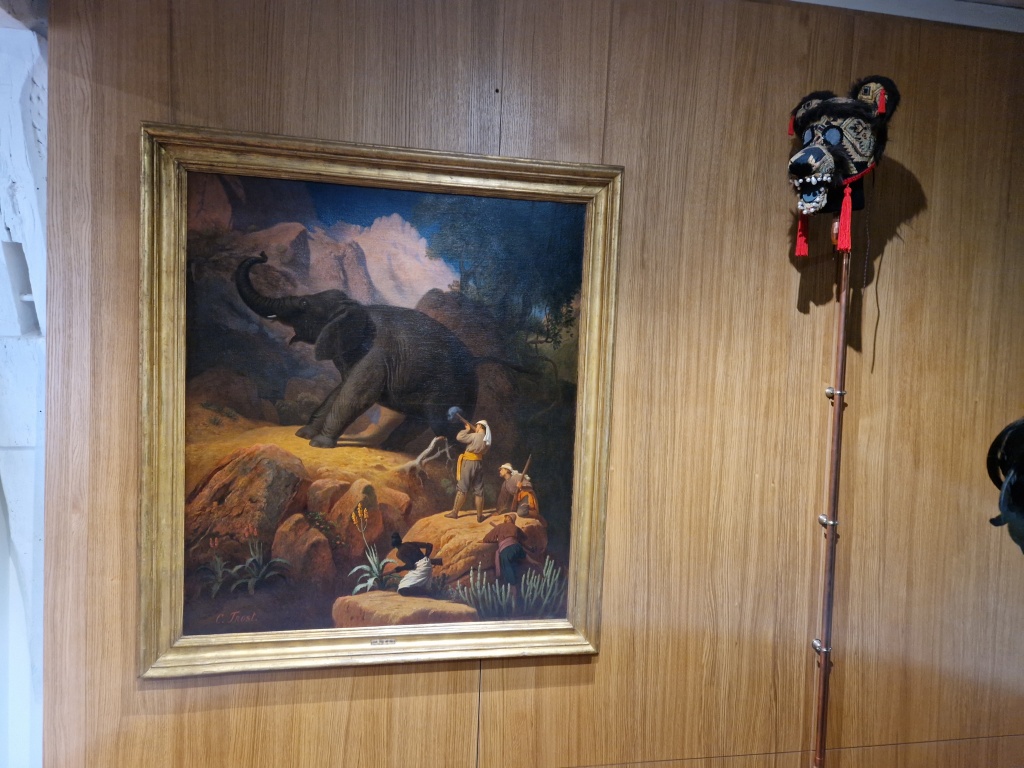
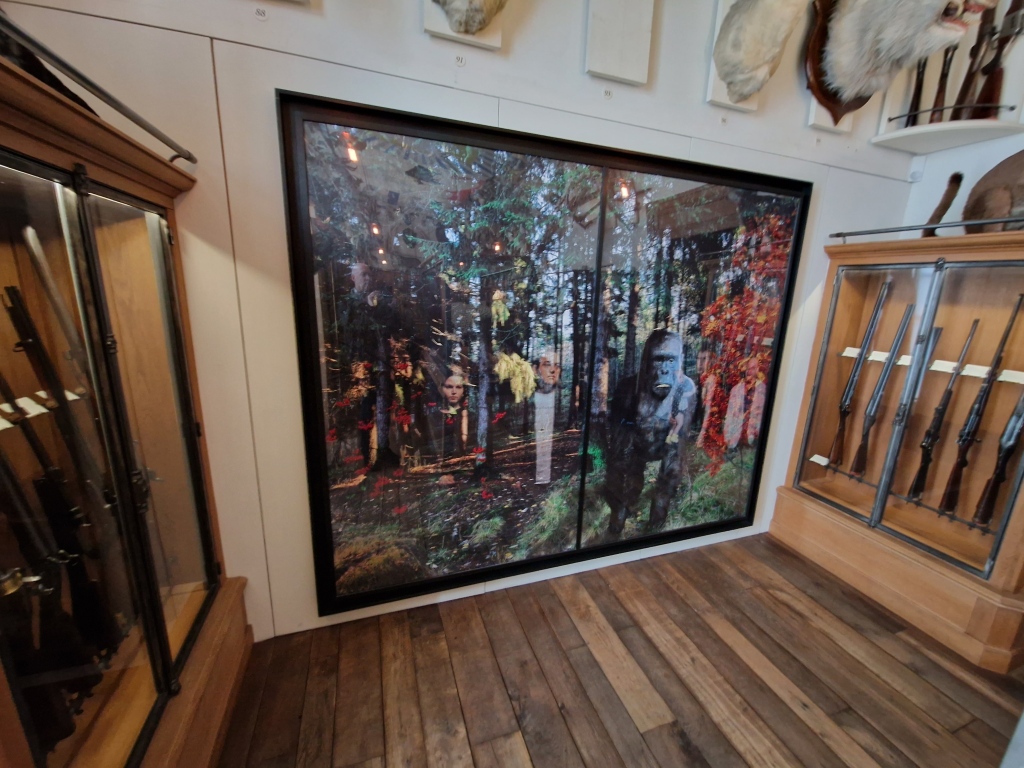
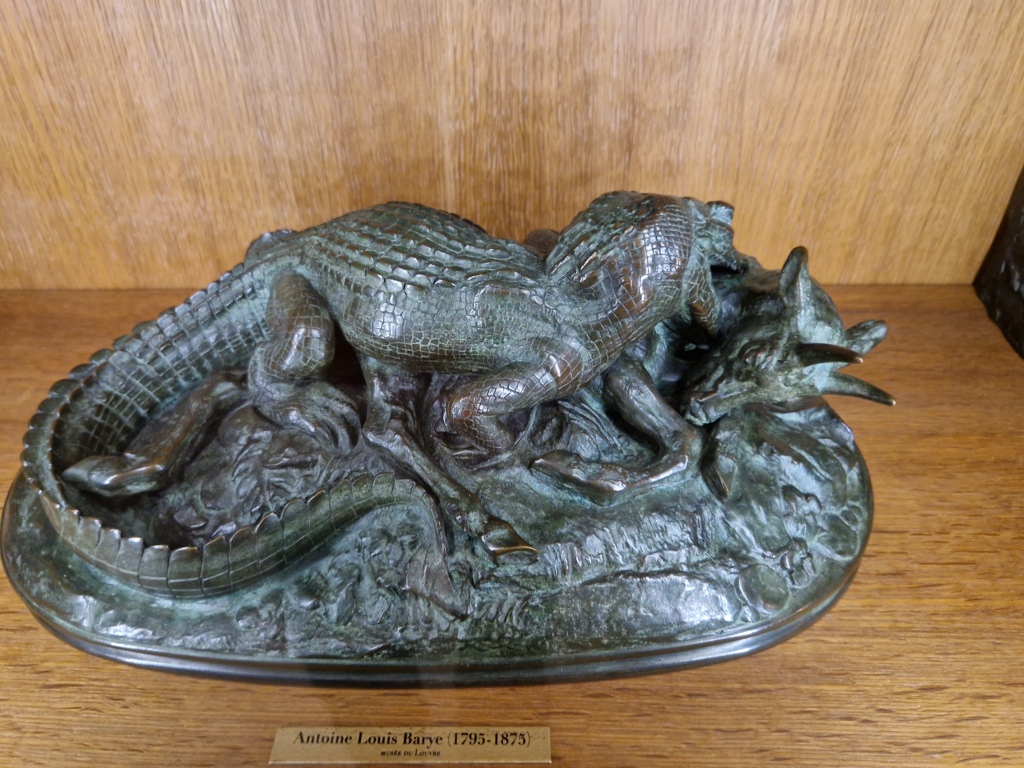
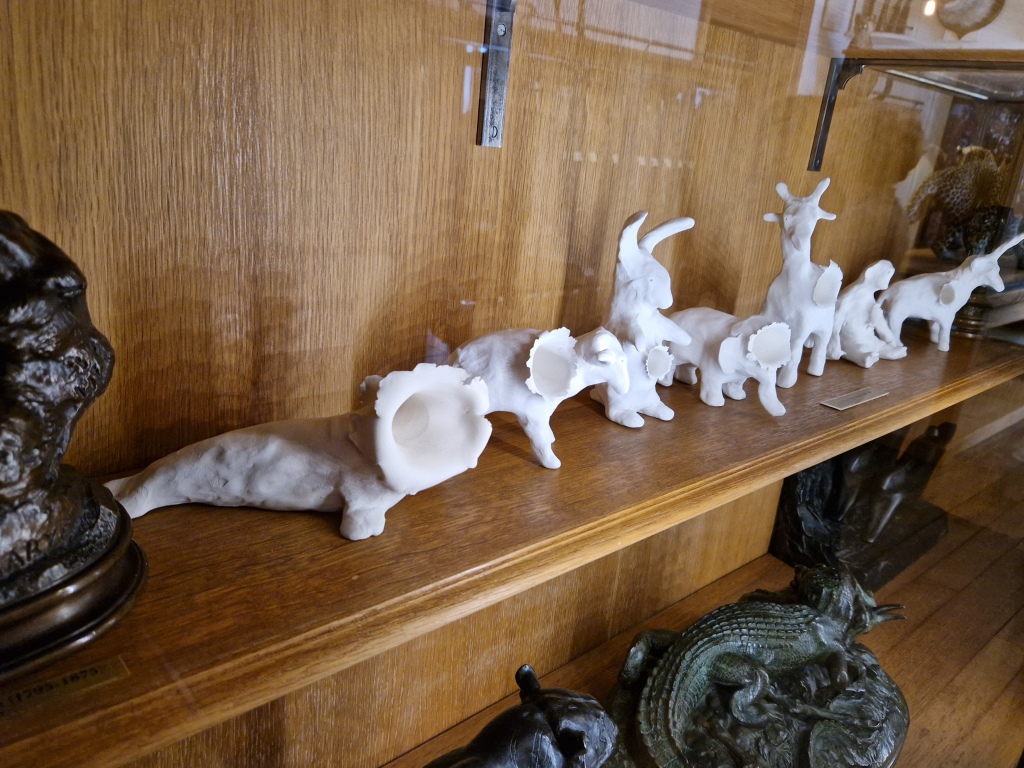
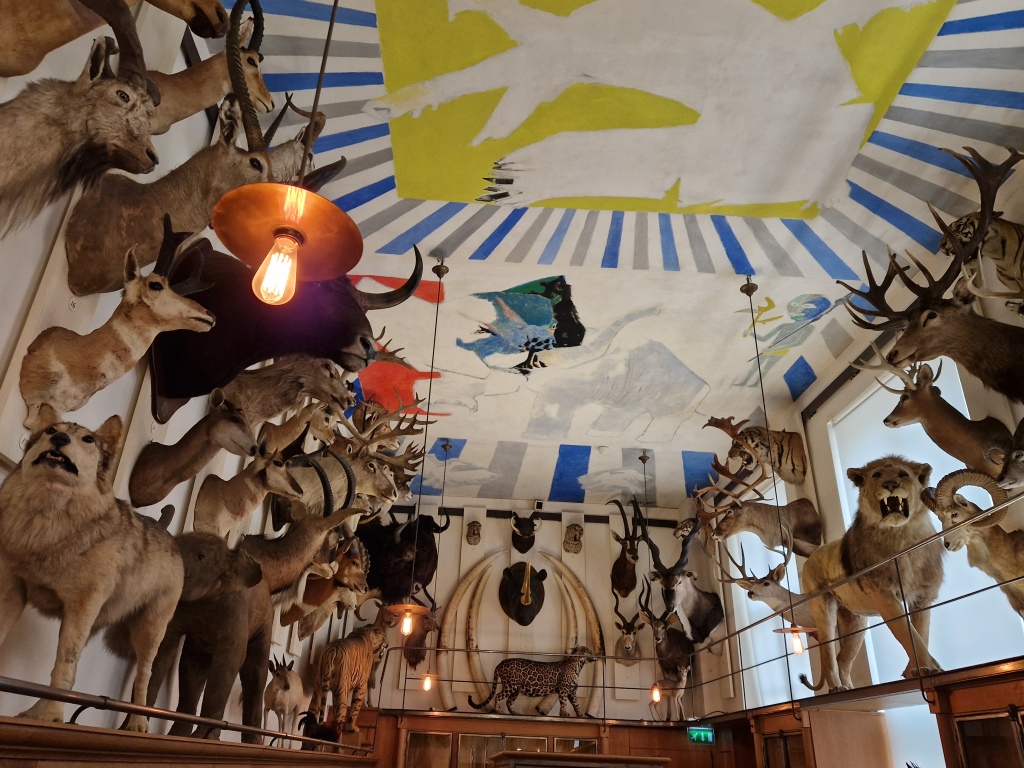
And it wasn’t shy about the human figure, either:

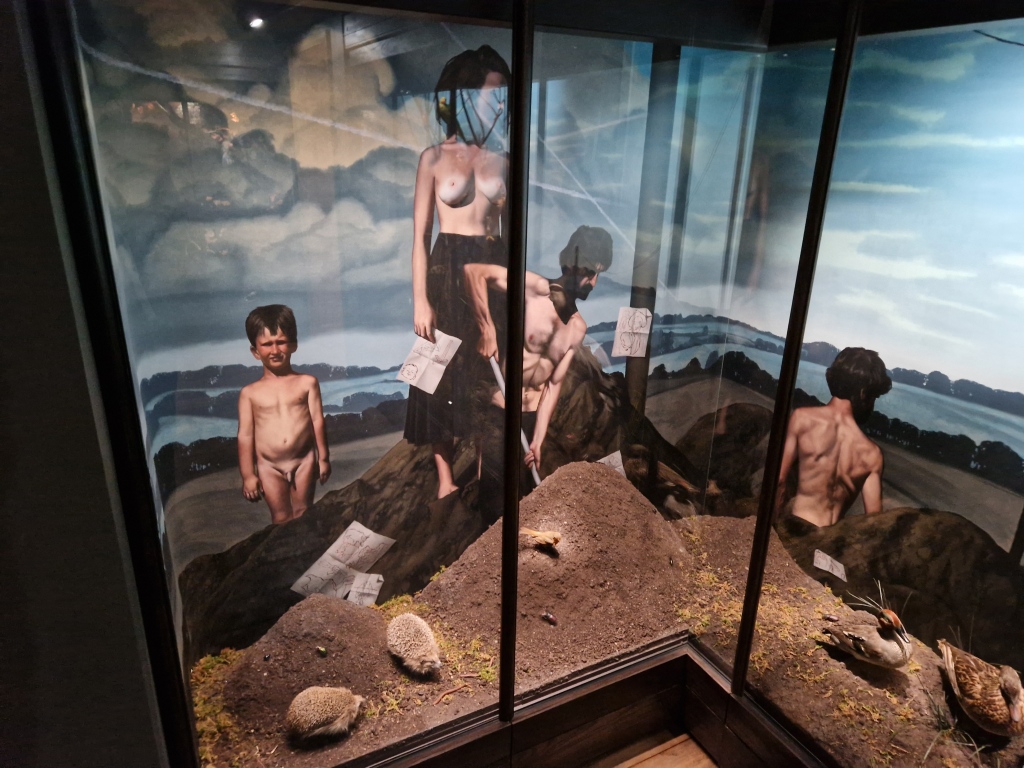
Some highlights for me: (1) canned critters!
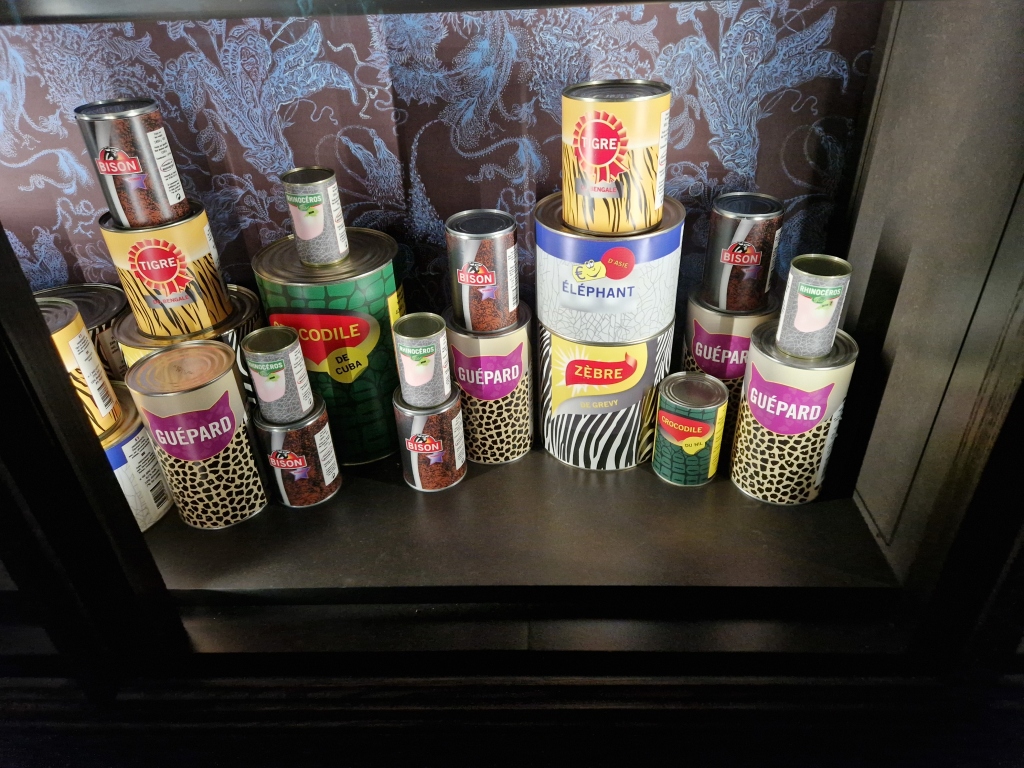
(2) Kissing apes!

(3) bear… shoes…

How about a 3D view of a weird sculpture of snaky tentacles and… somebody.
As a closer, let’s laugh our way out of the museum. Turn your volume up and have a nice, friendly, entirely not creepy chat with the boar’s head. Remember a certain scene in “Evil Dead 2”? Well I do! One of the greatest scenes in cinema ever, IMO. The boar would fit right in.
Until we meet again, go to the museum if you’re in Paris, and keep up the good fight.

























